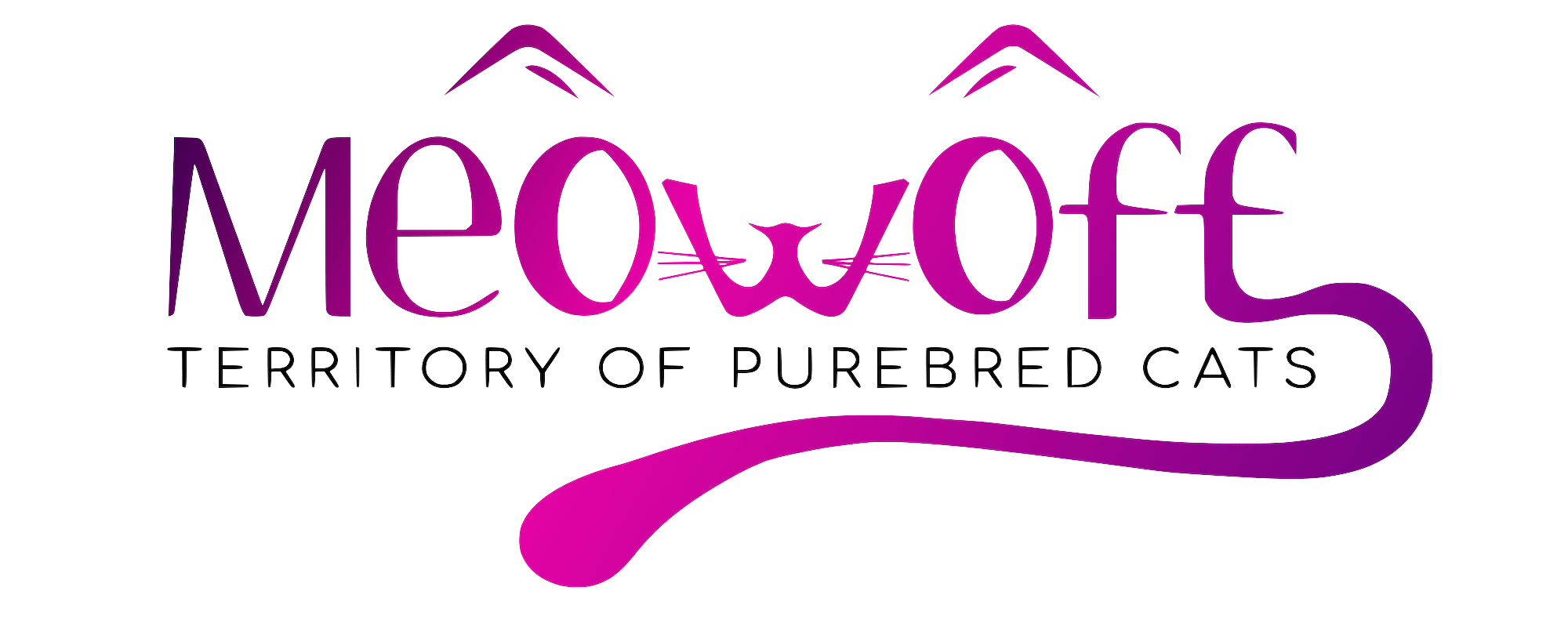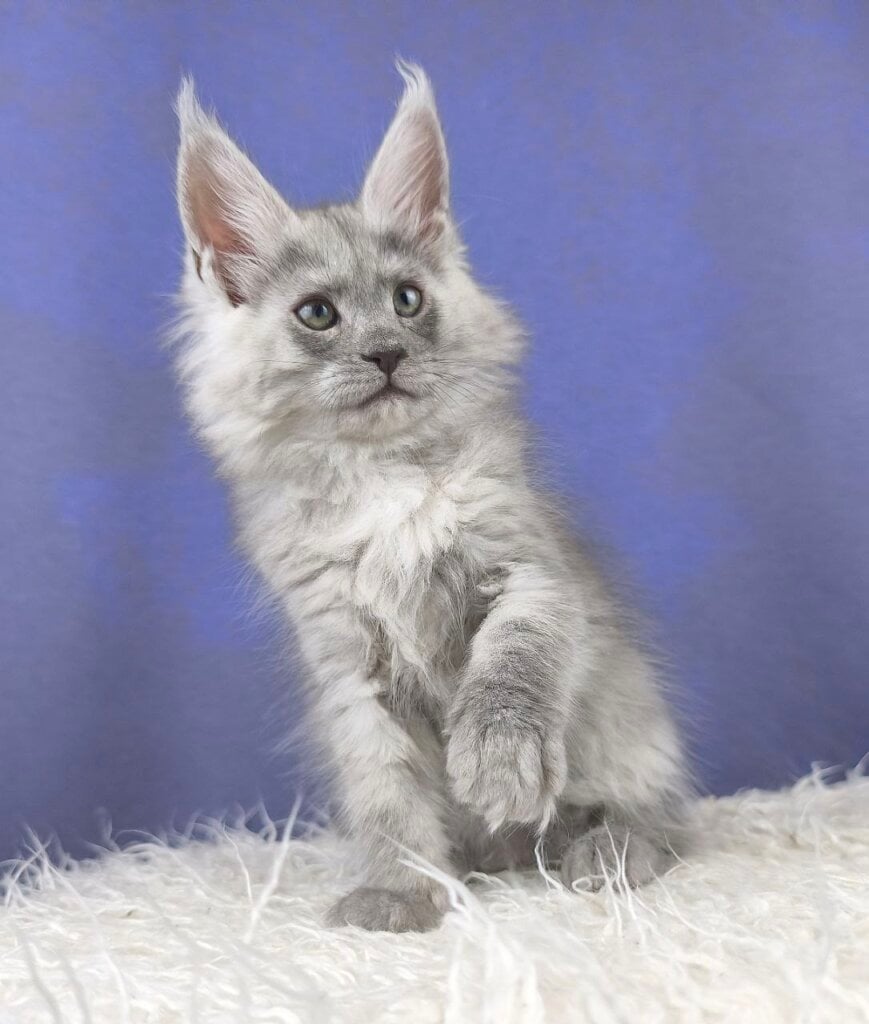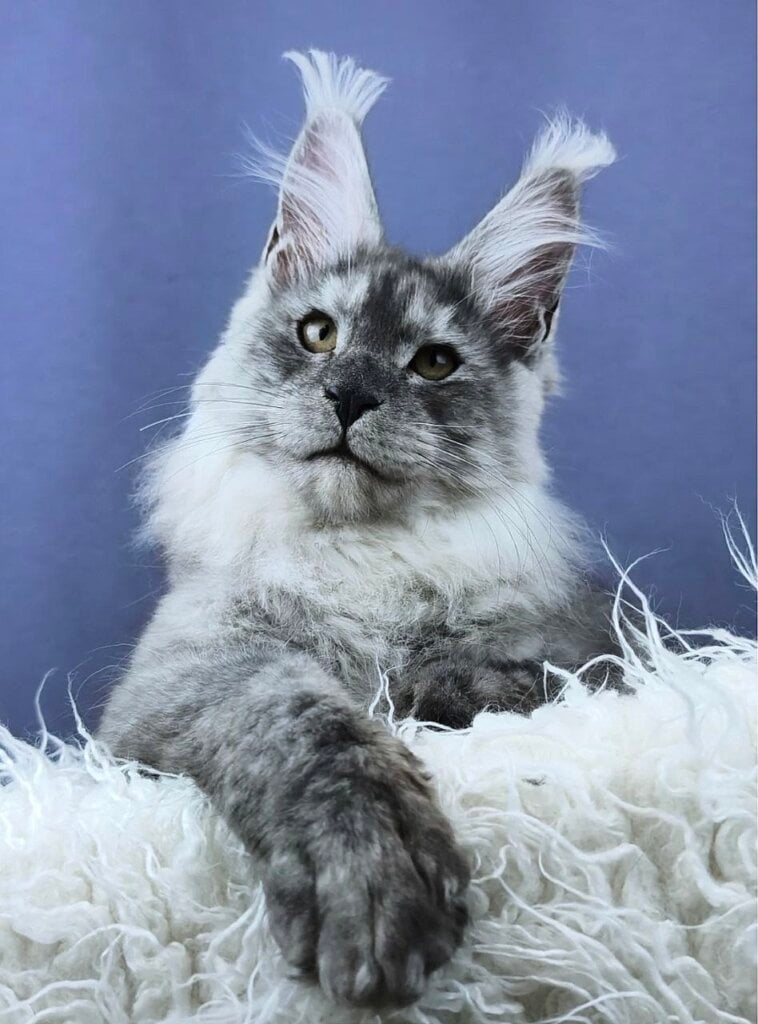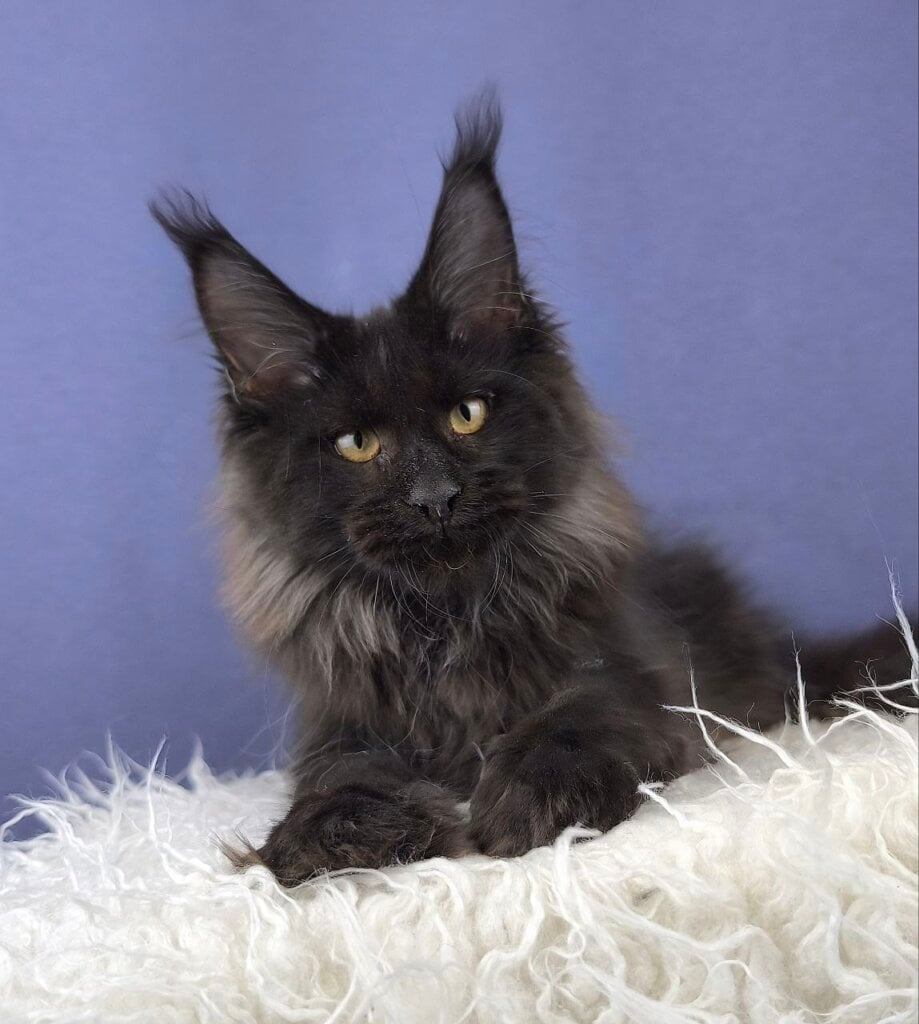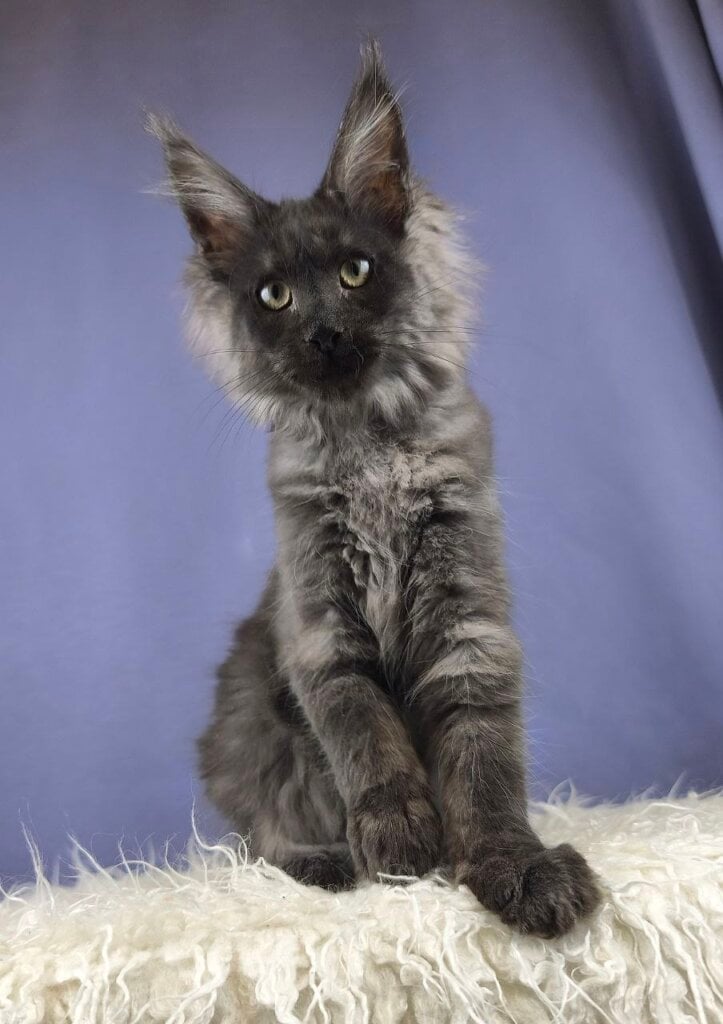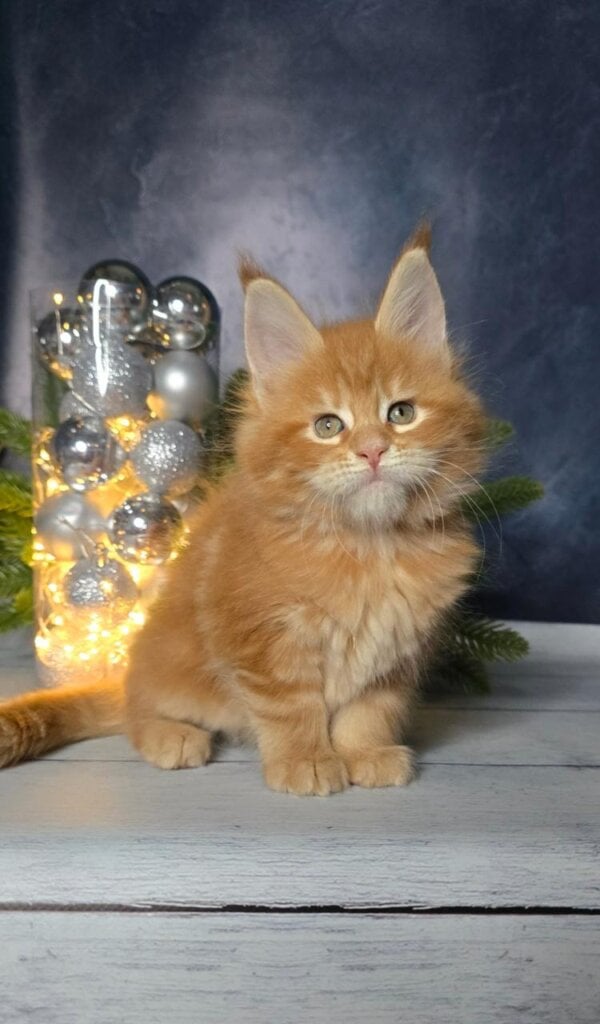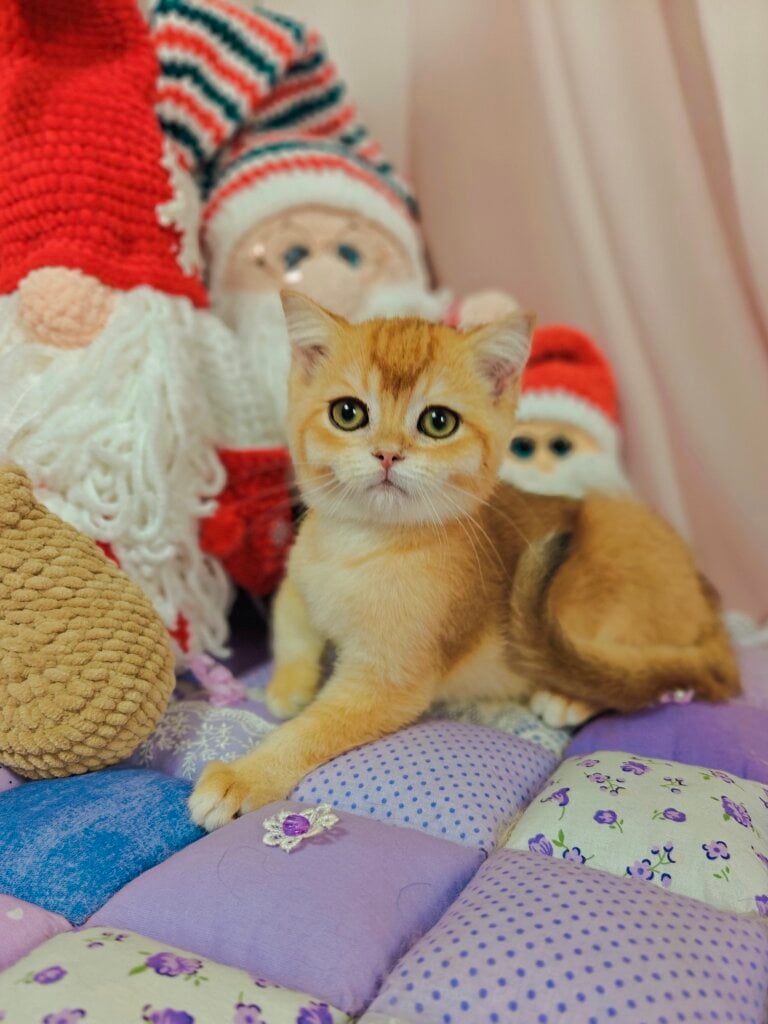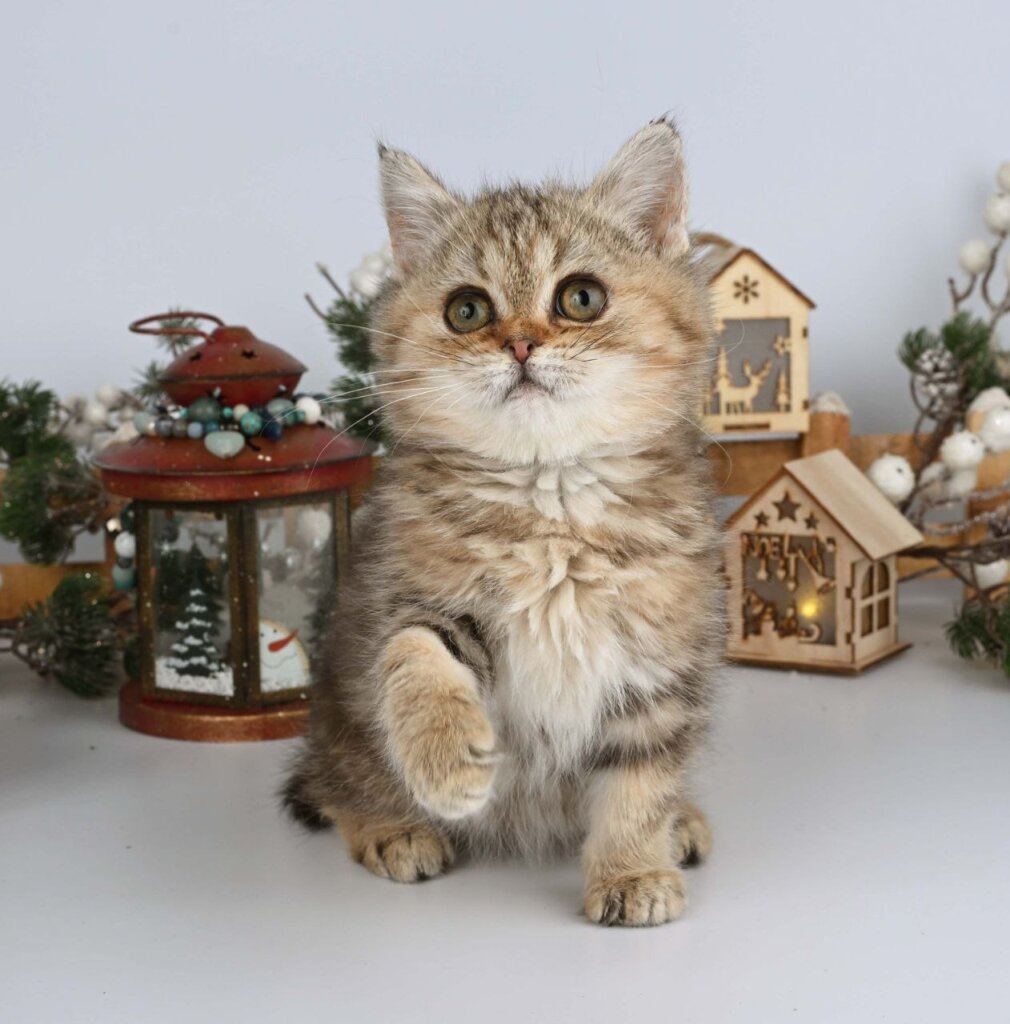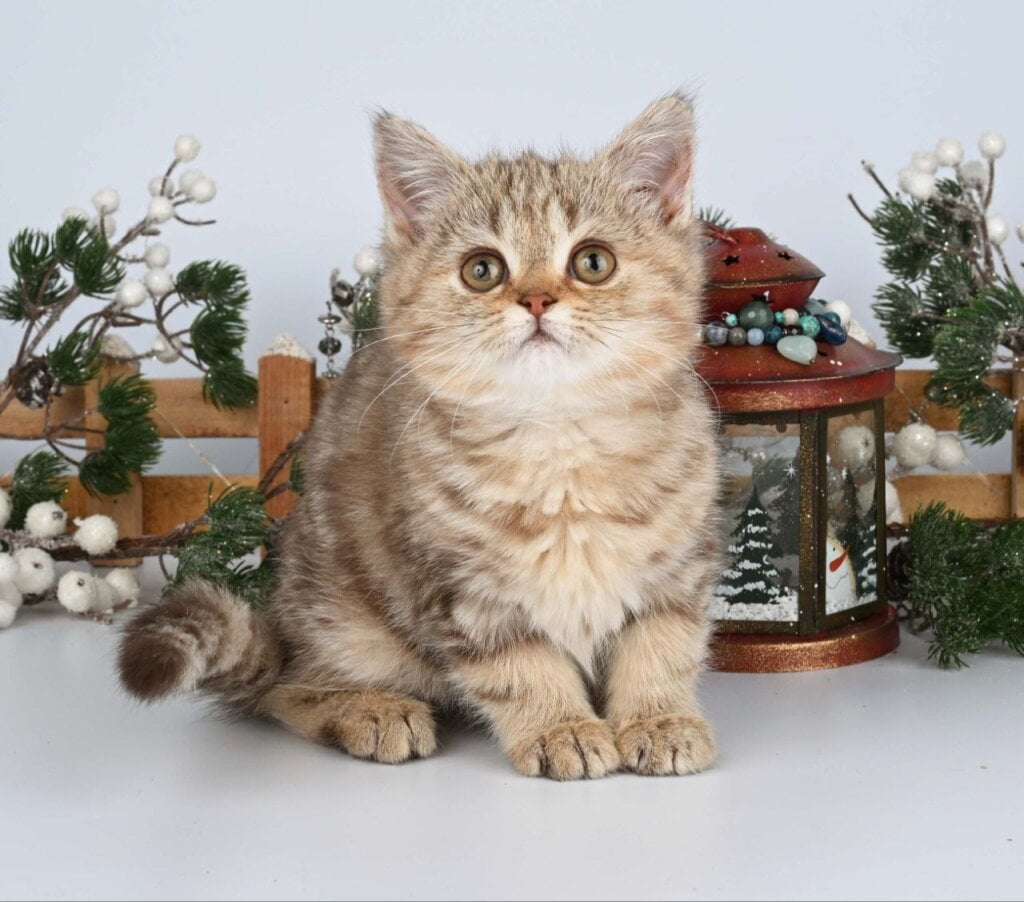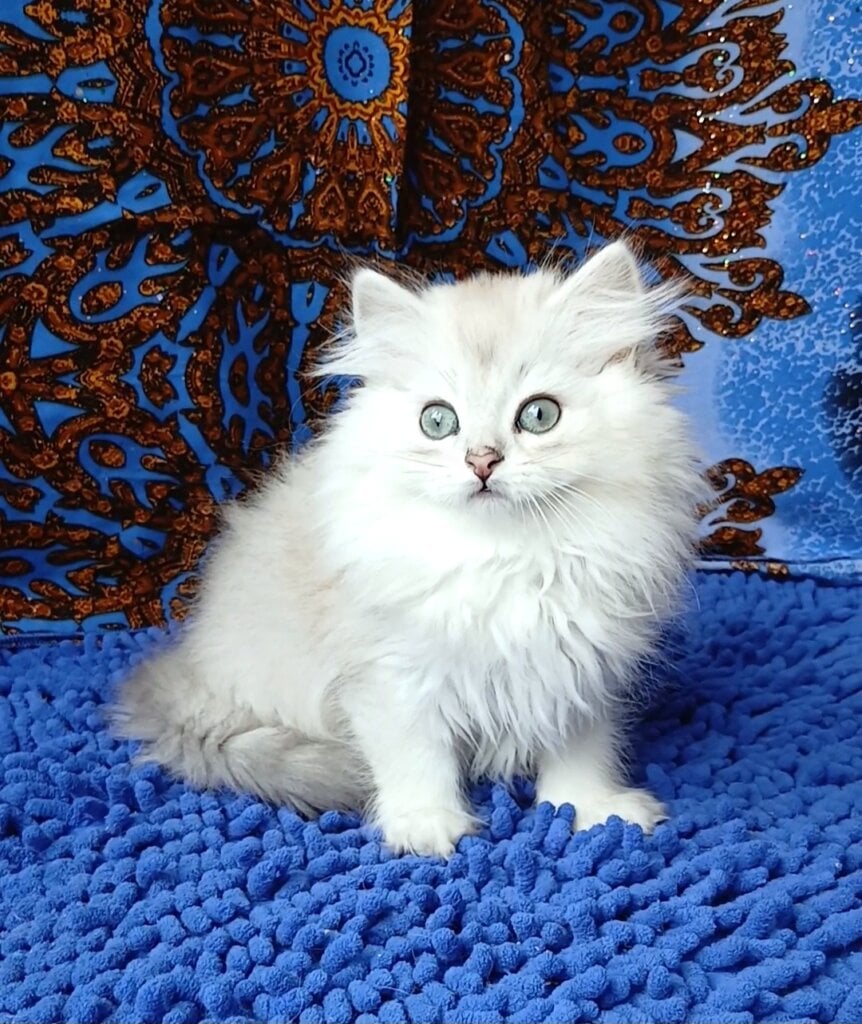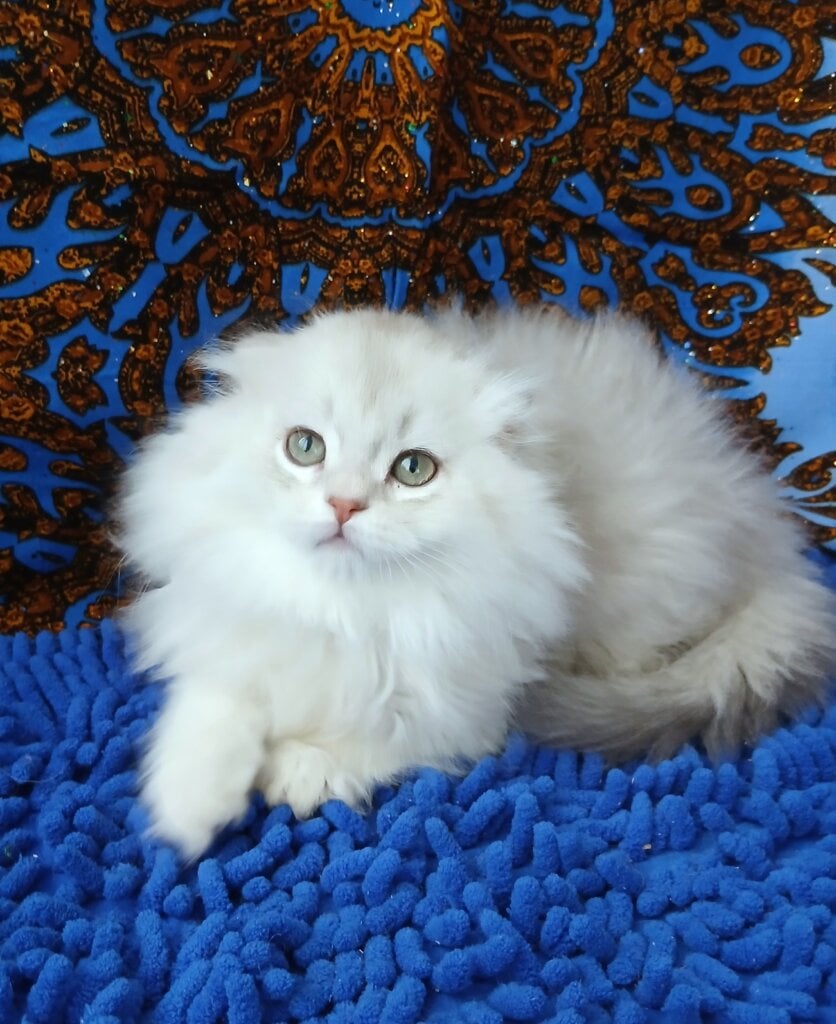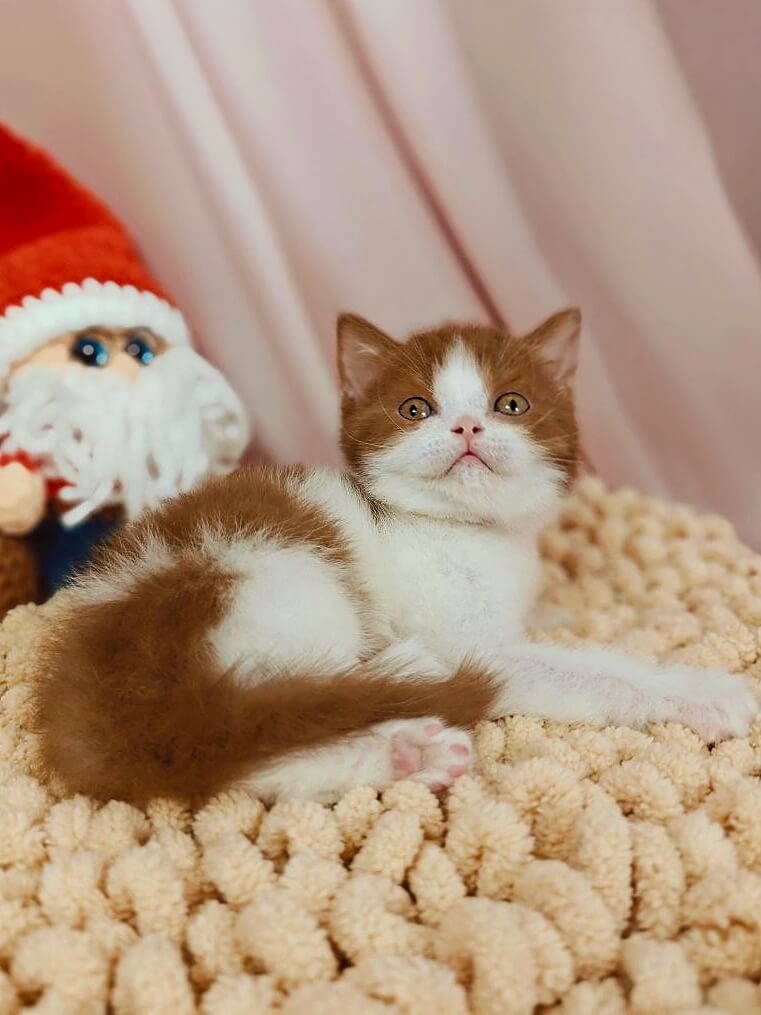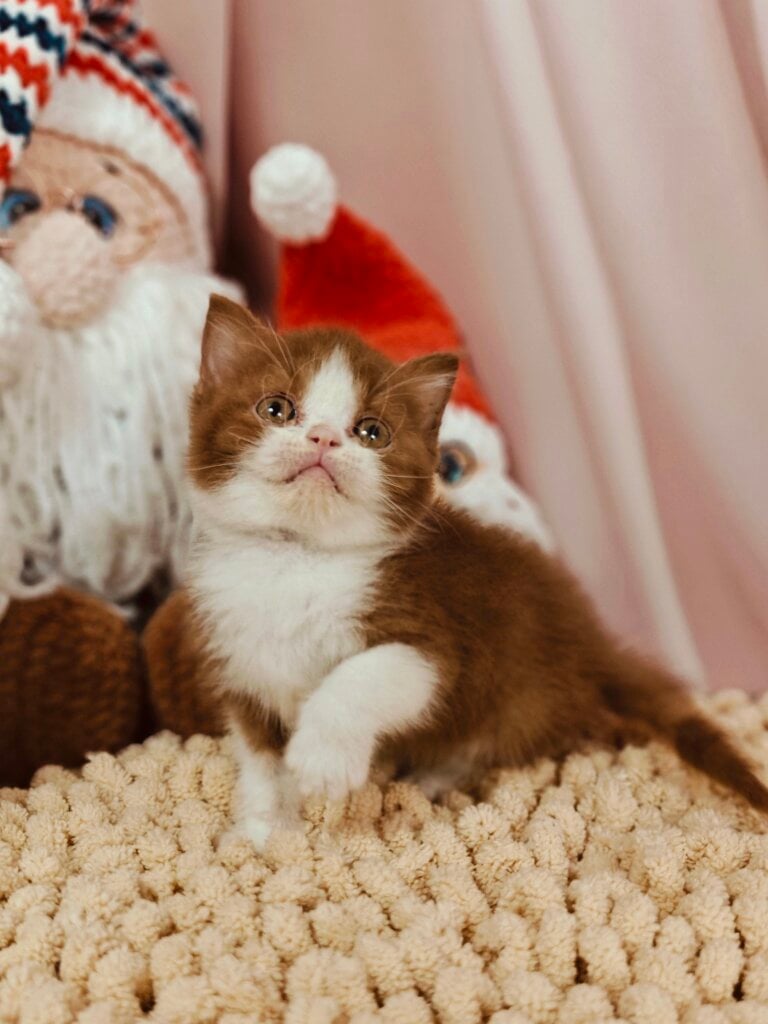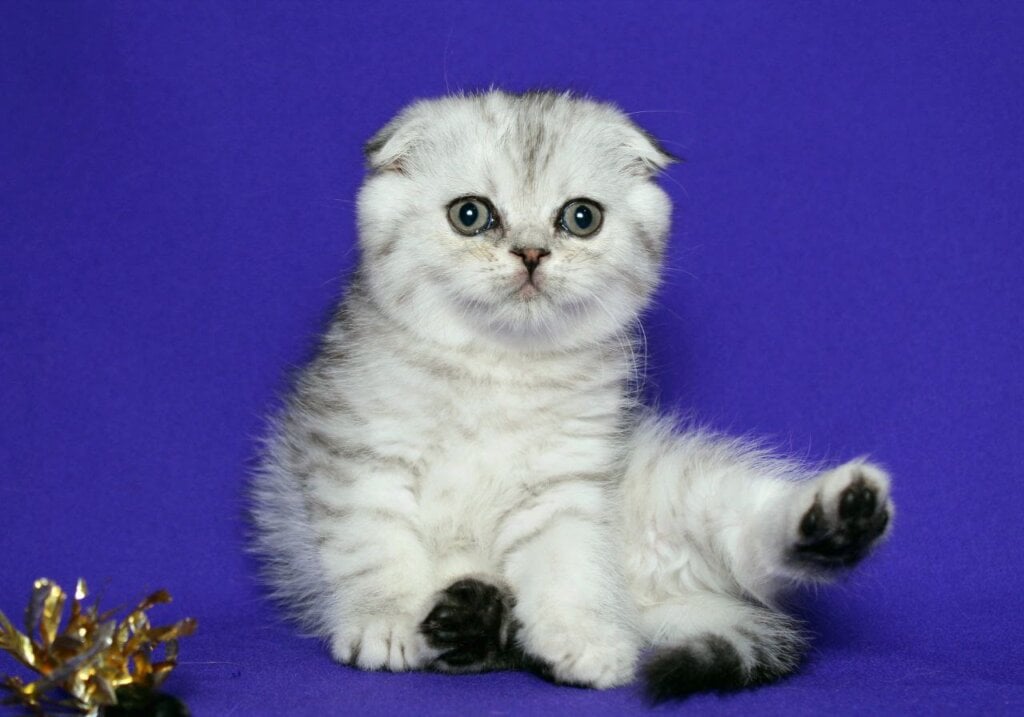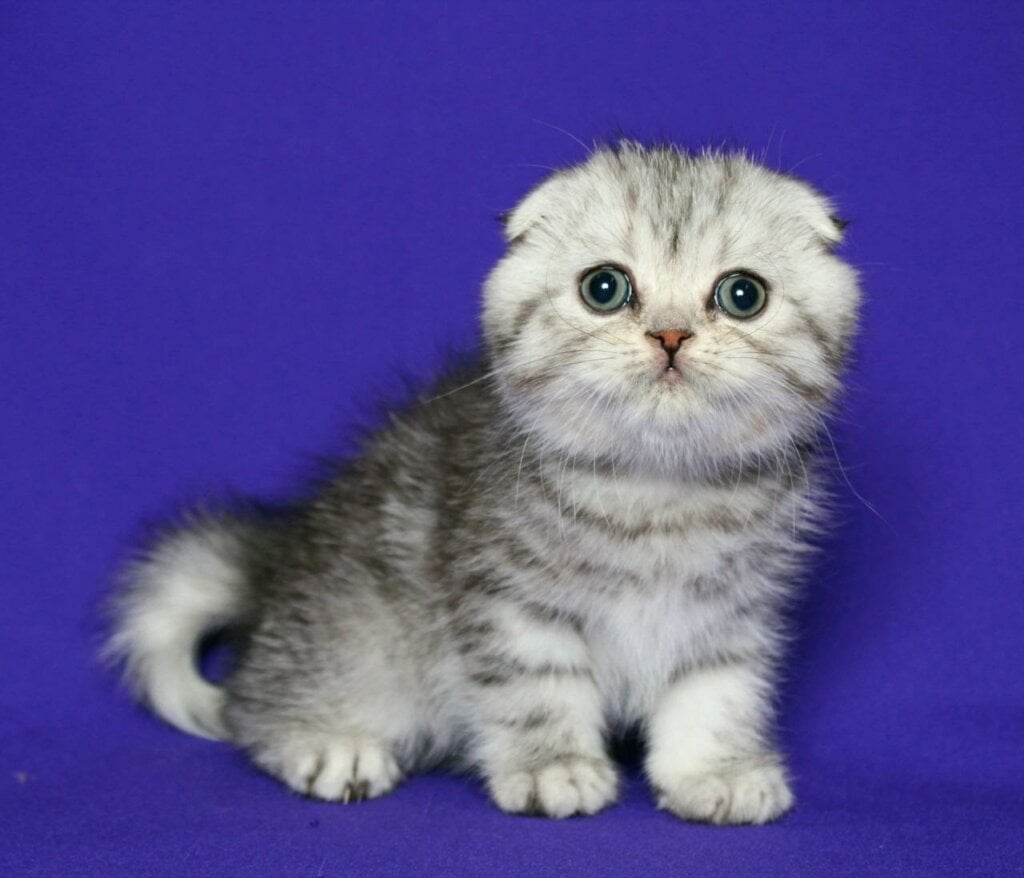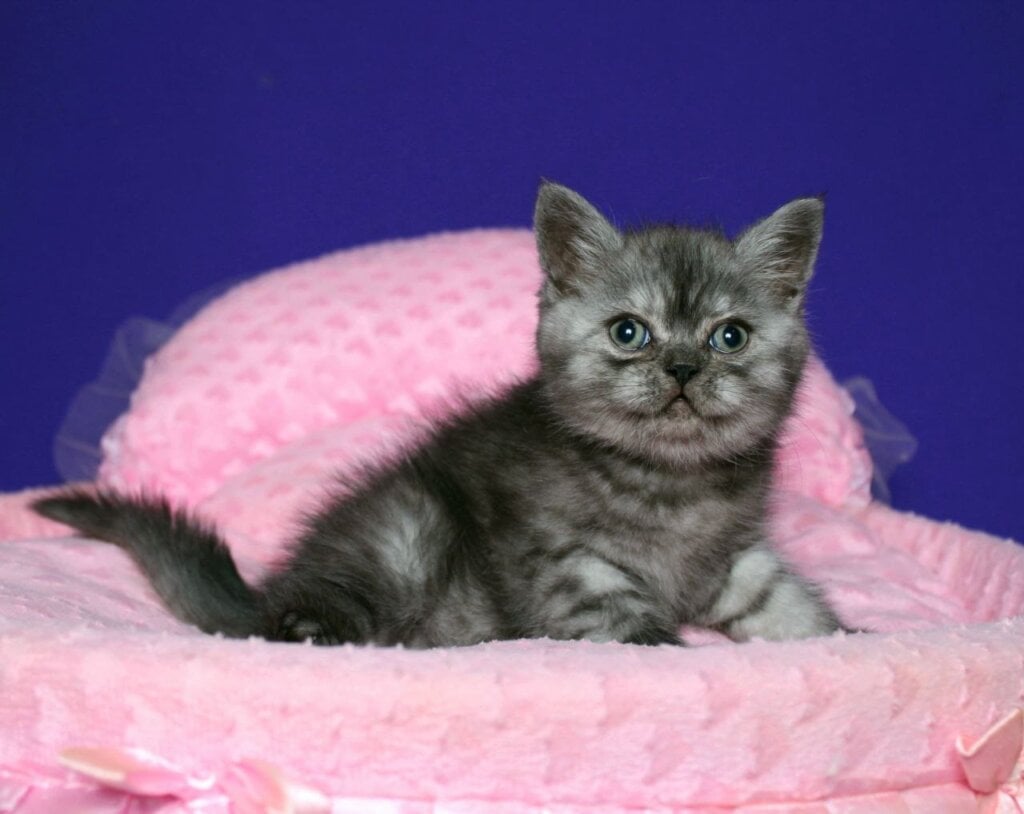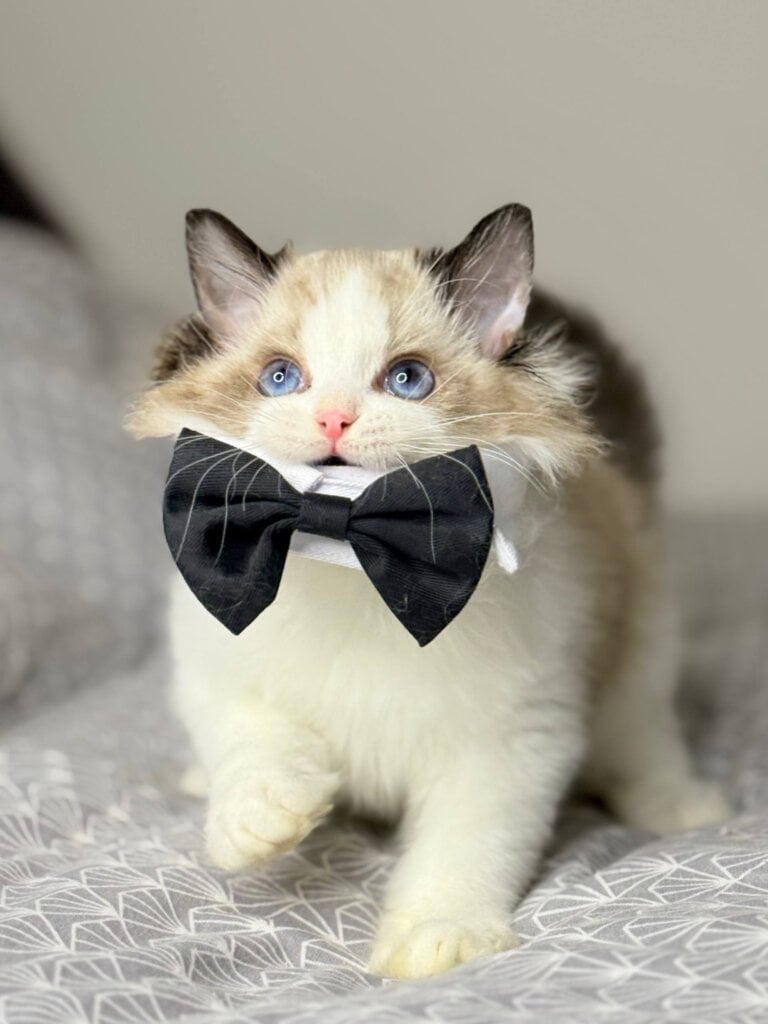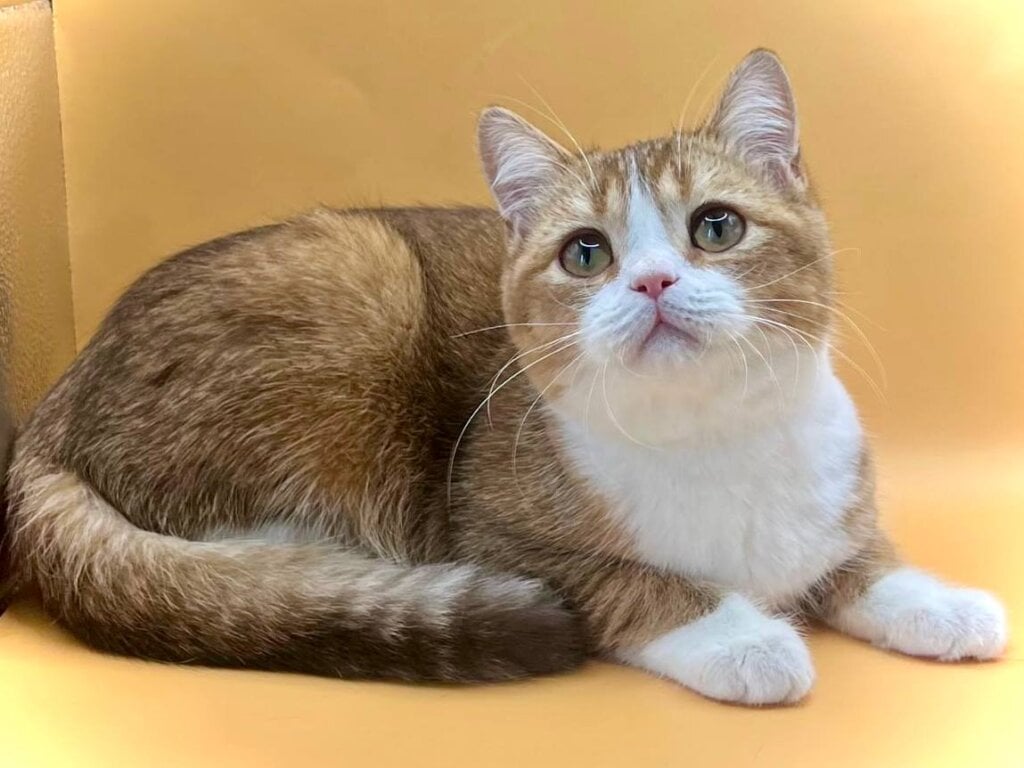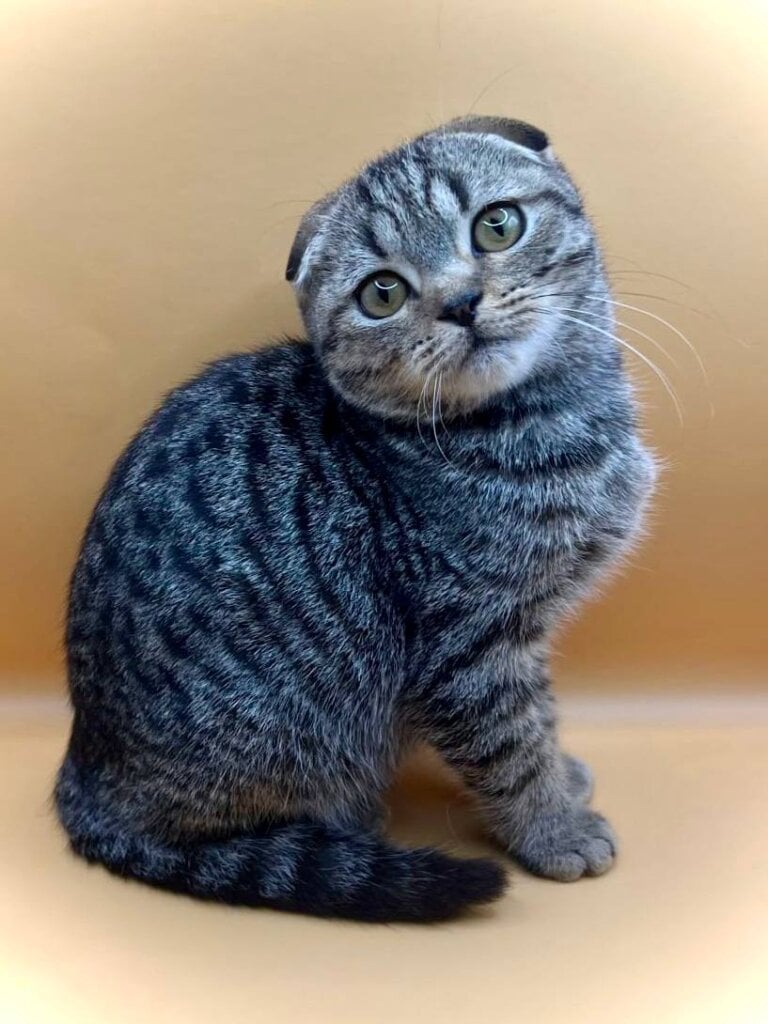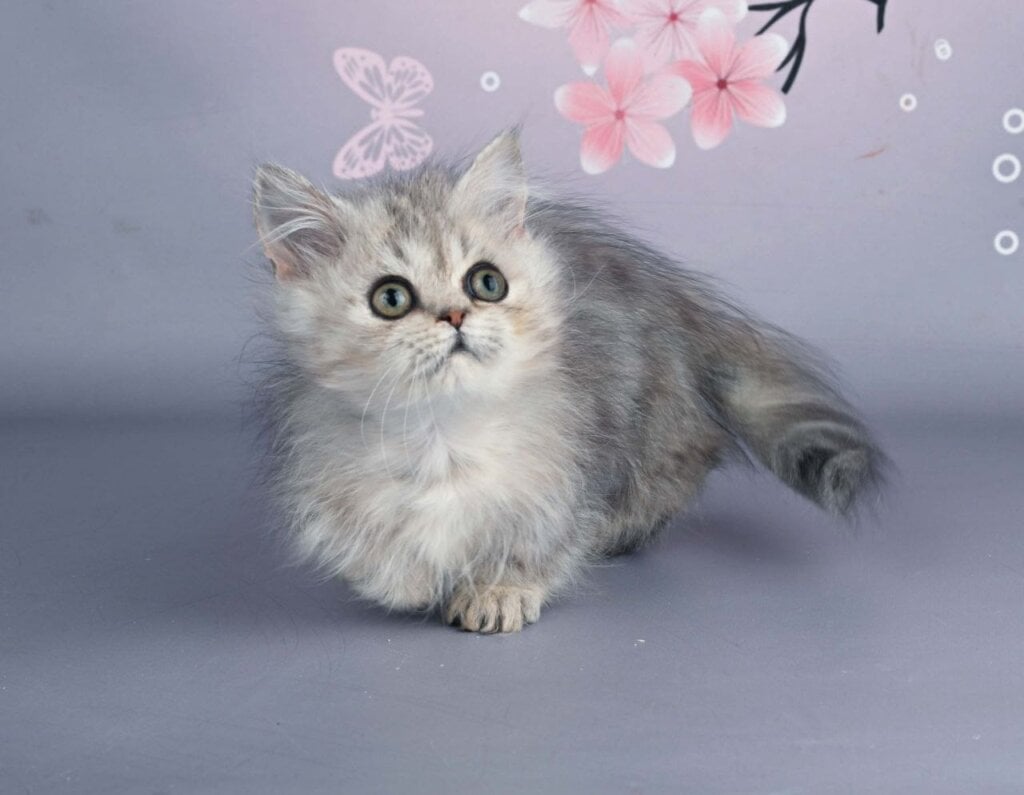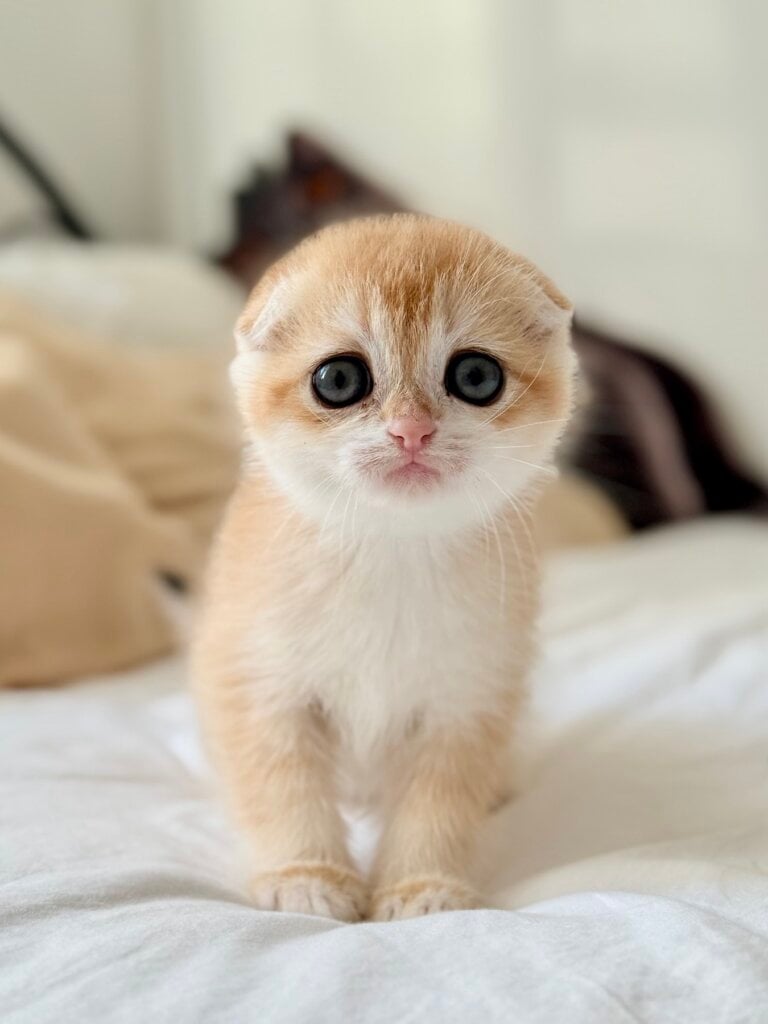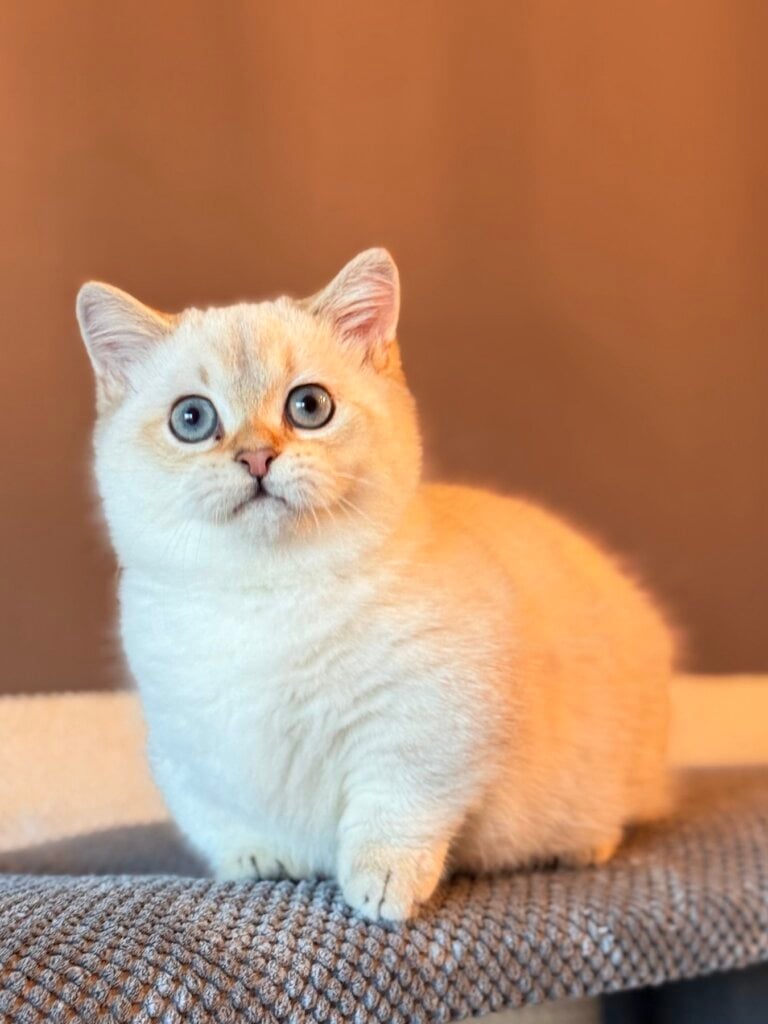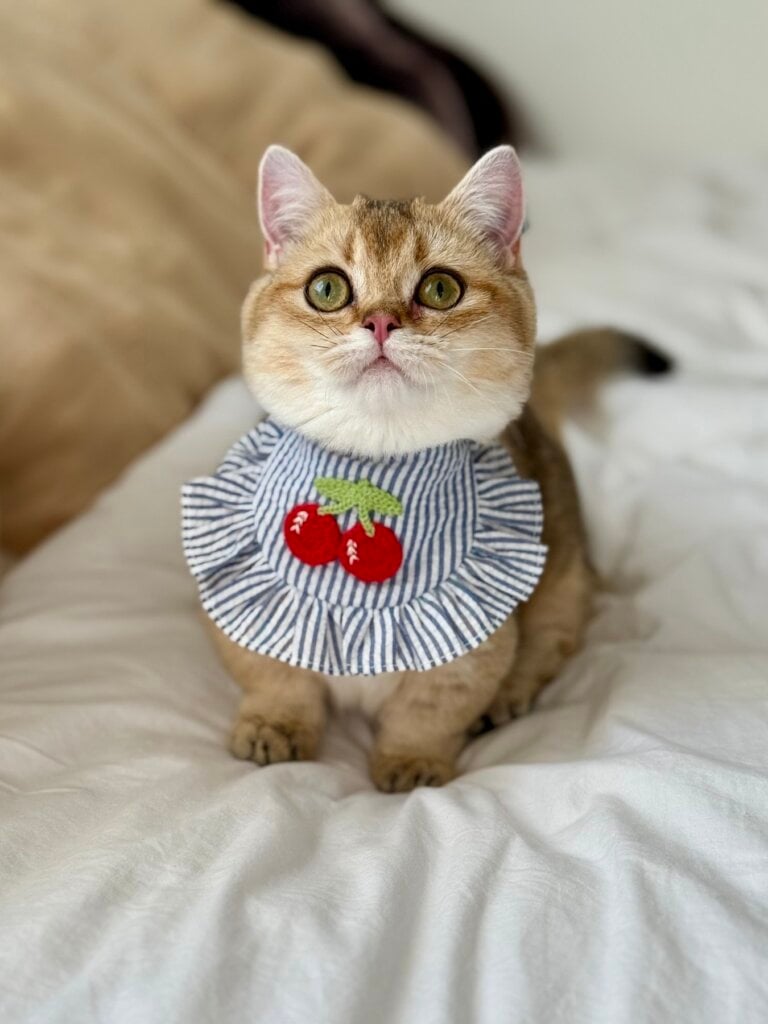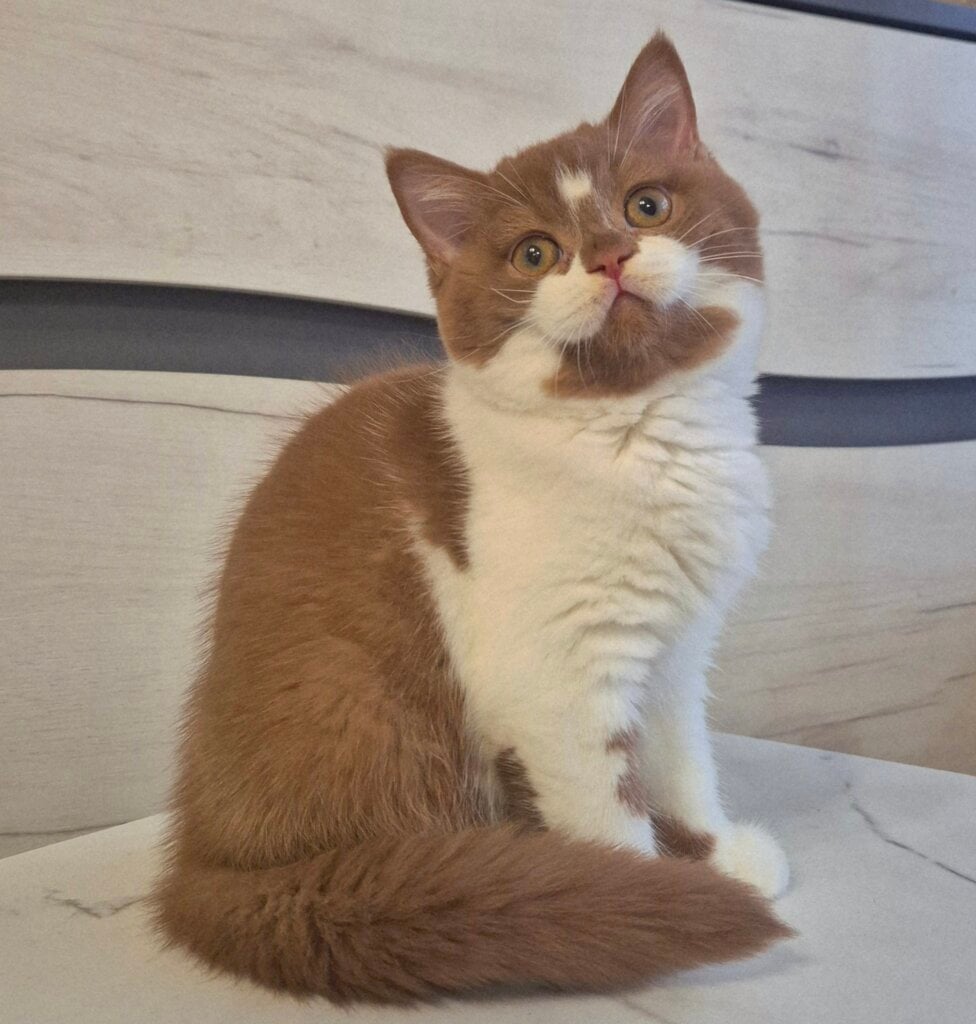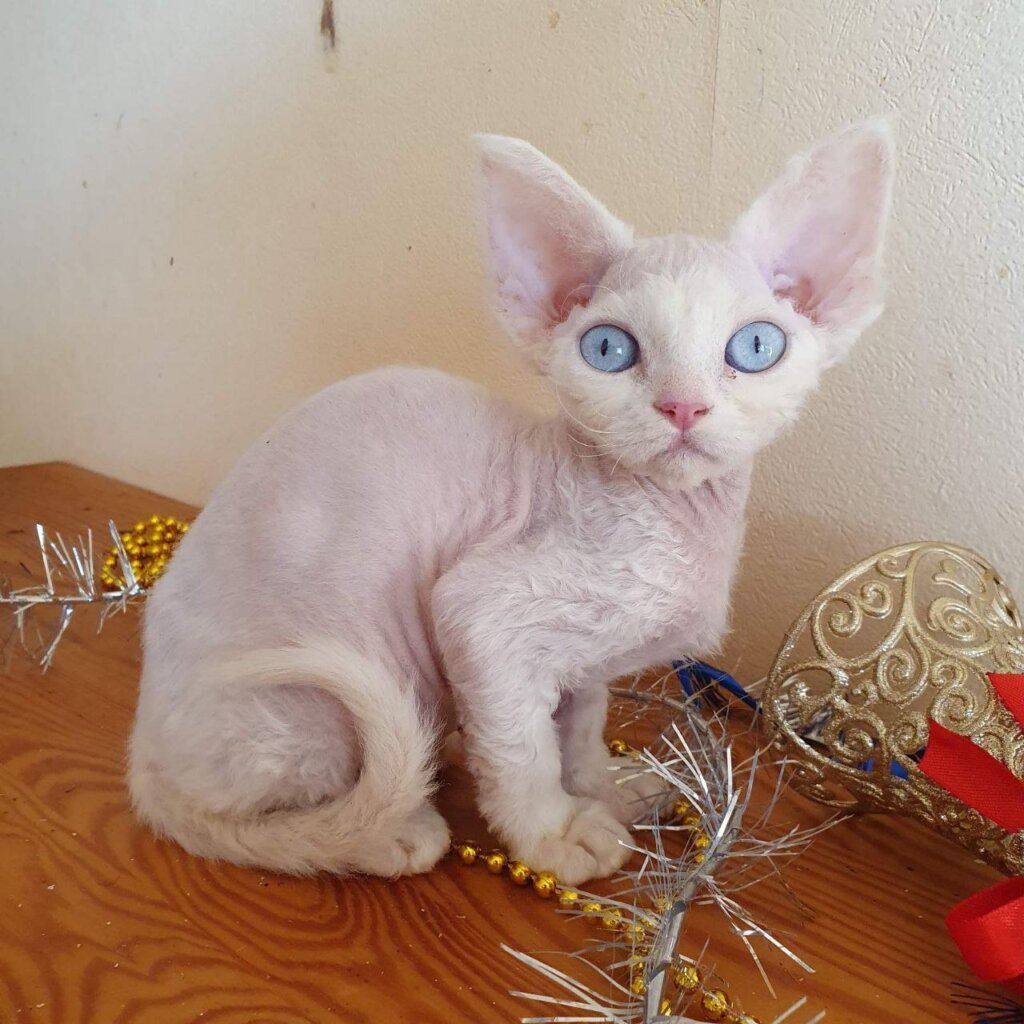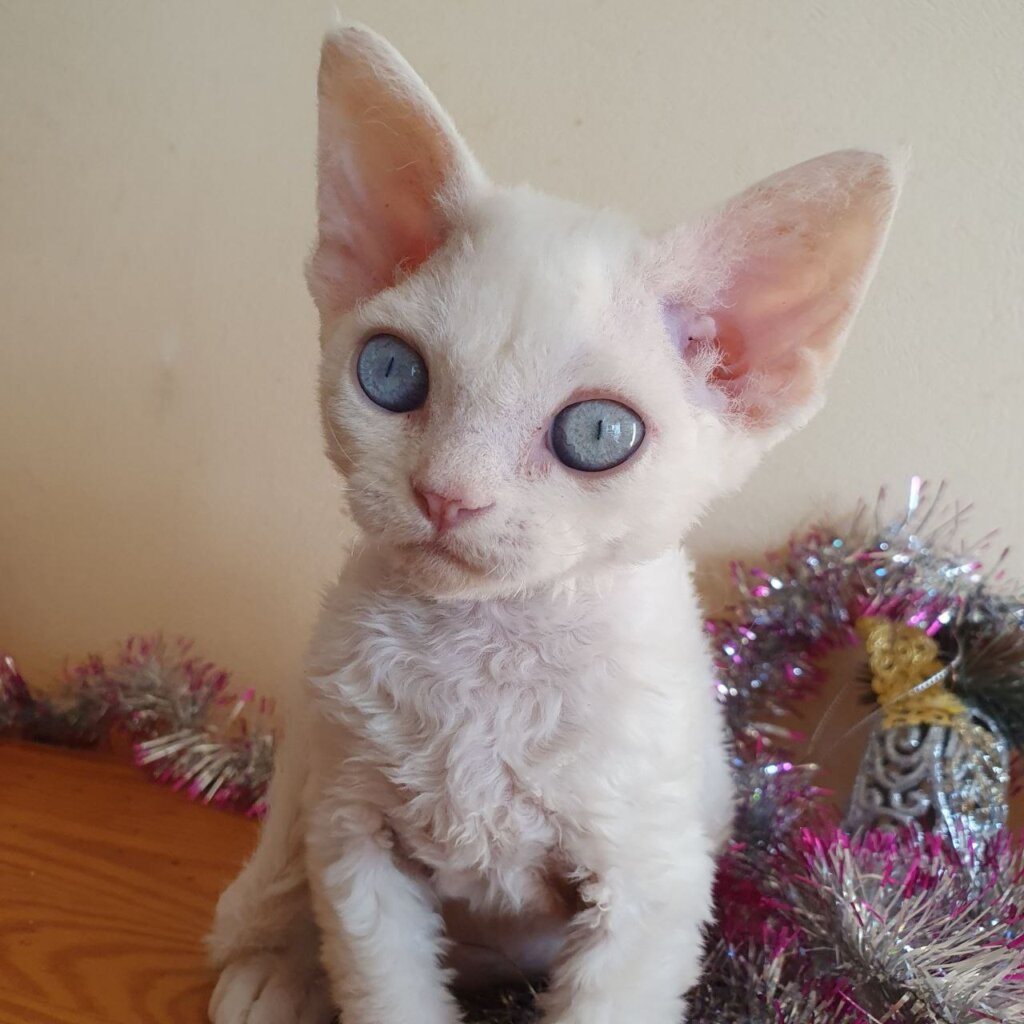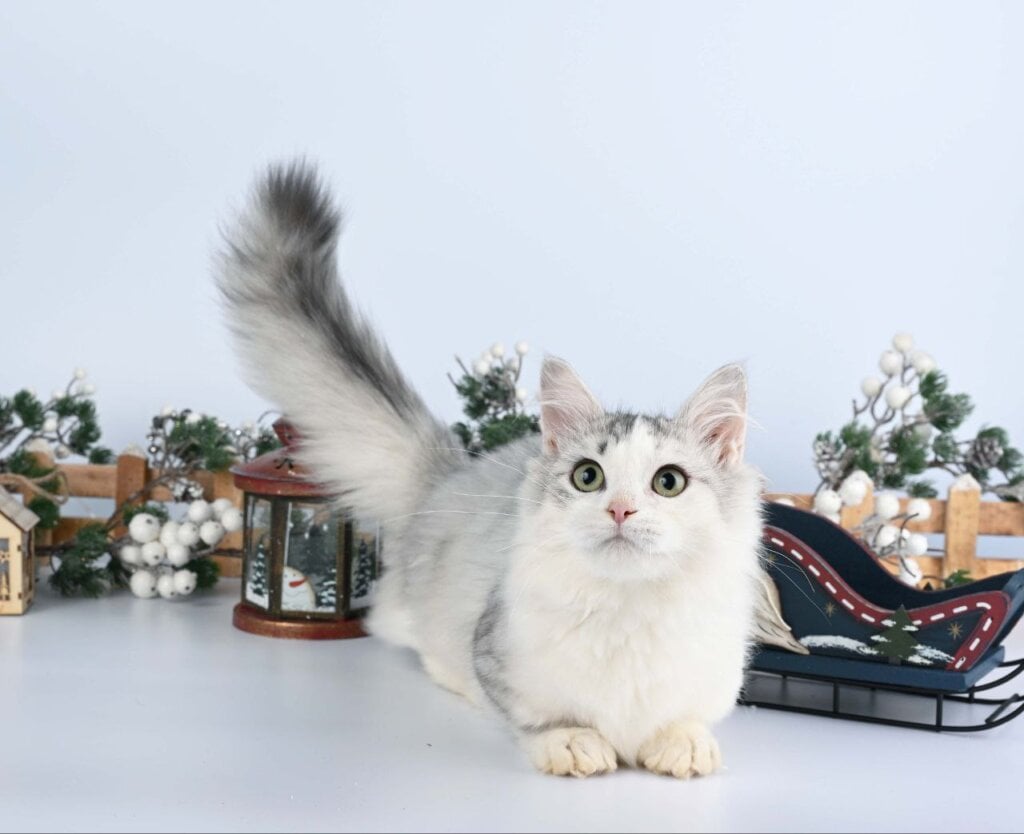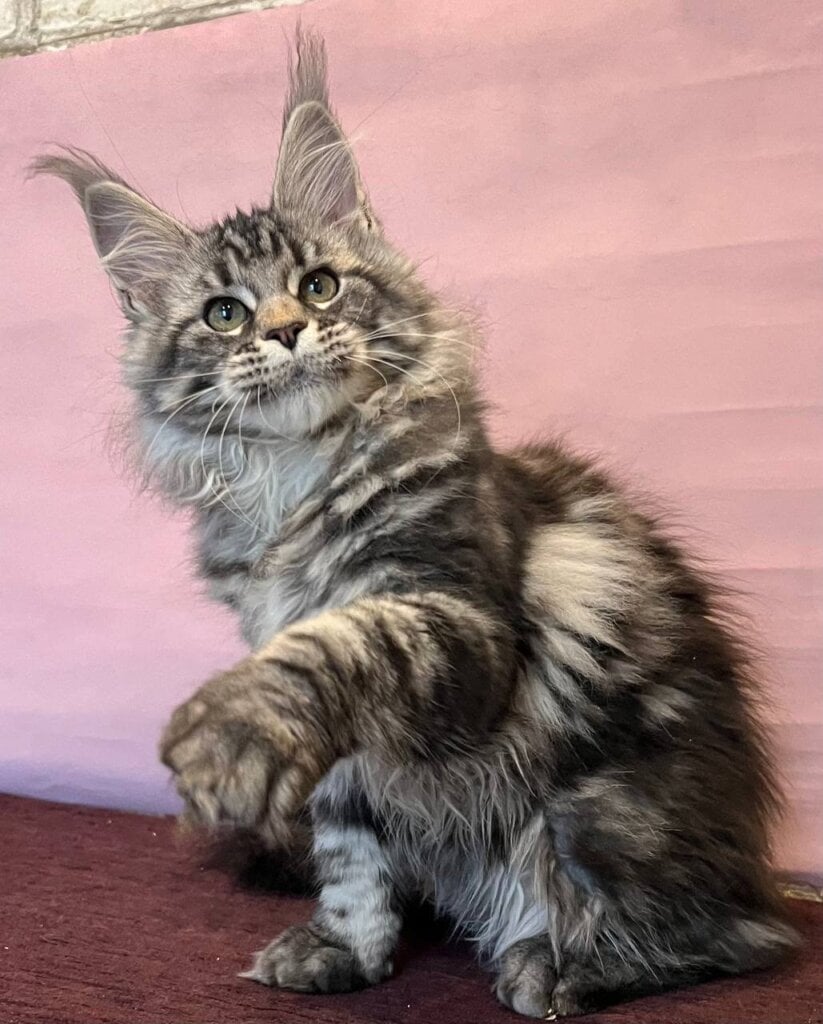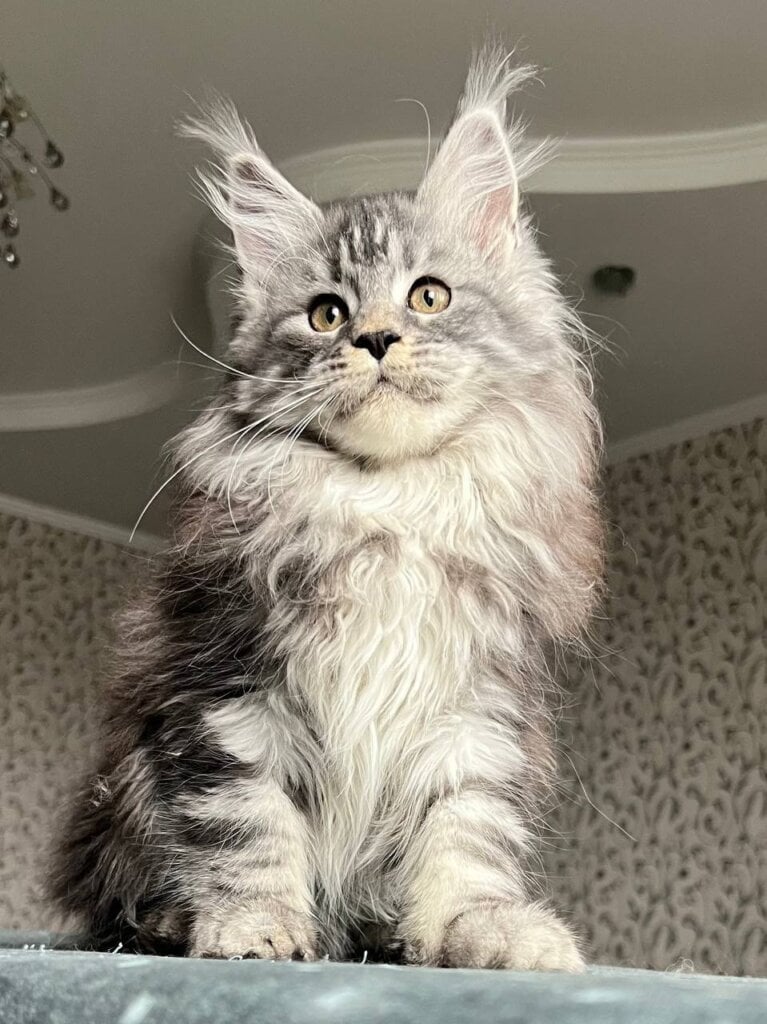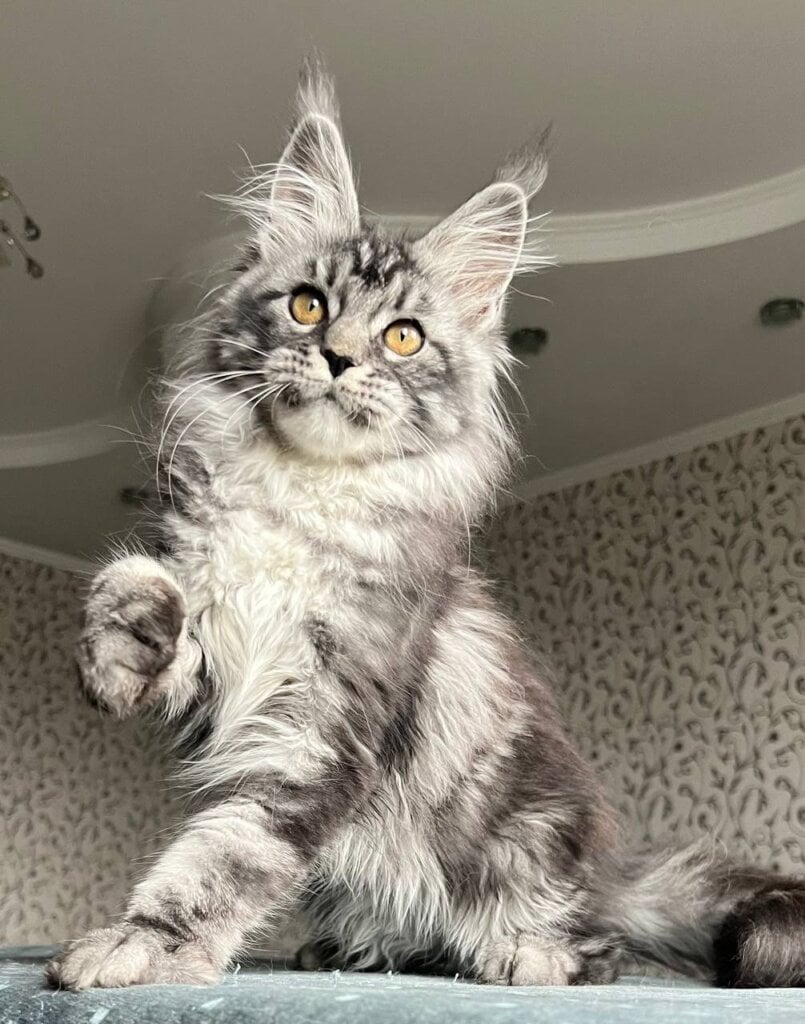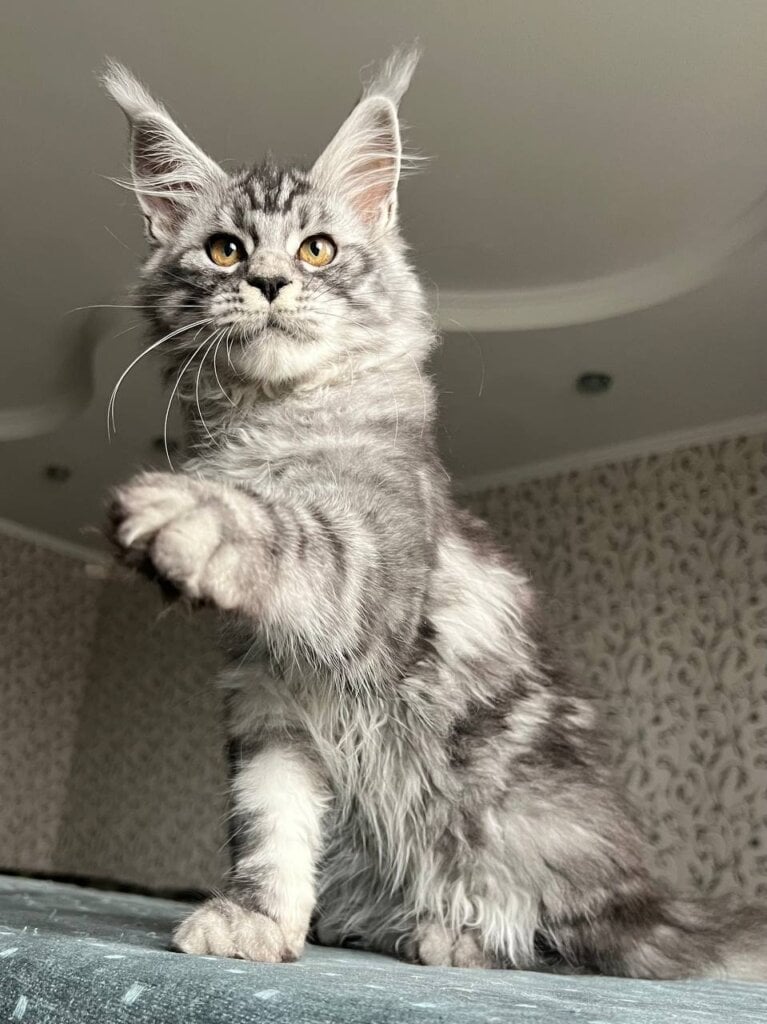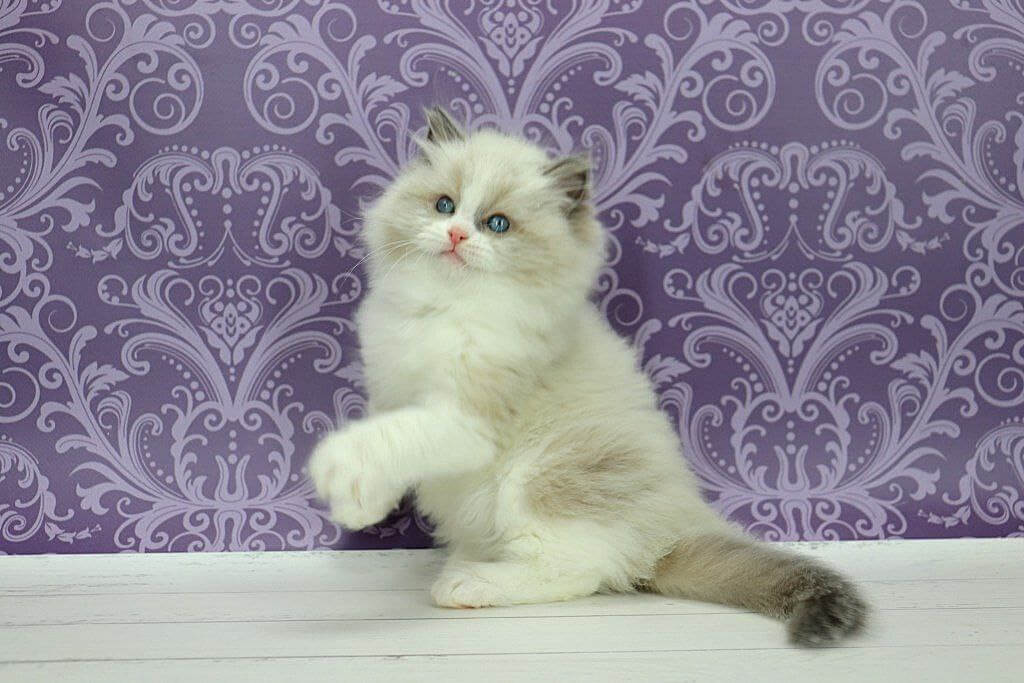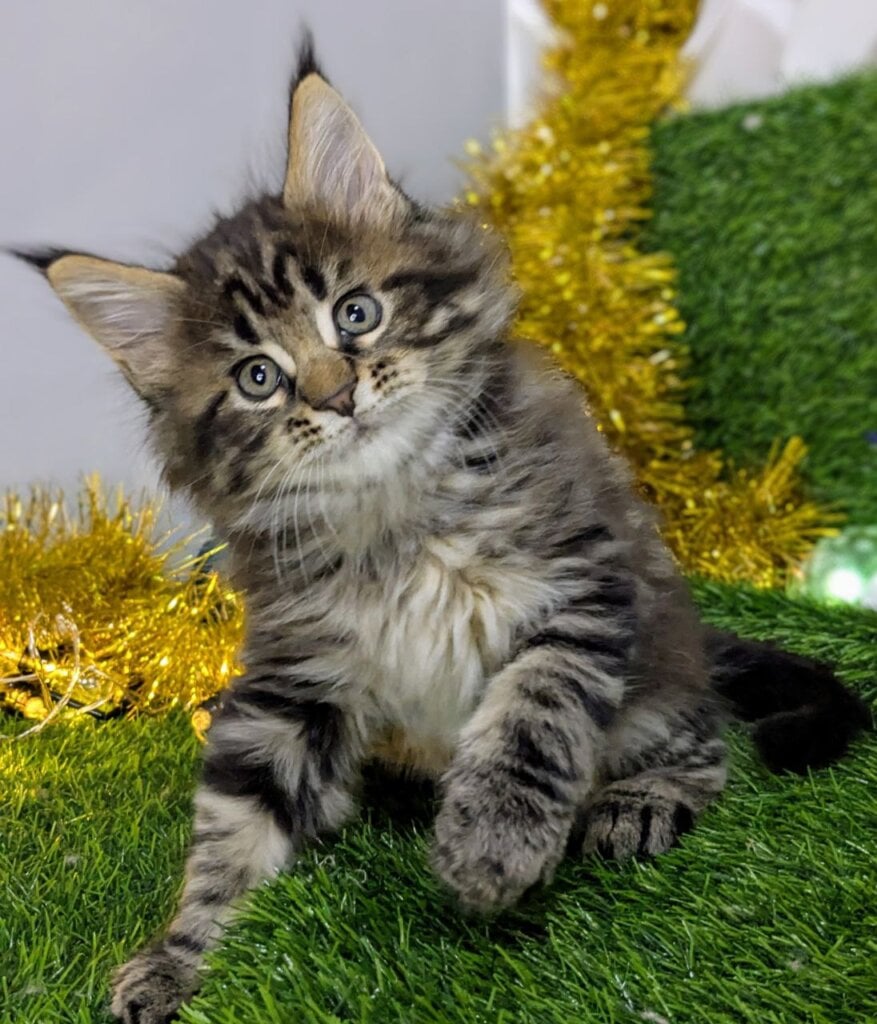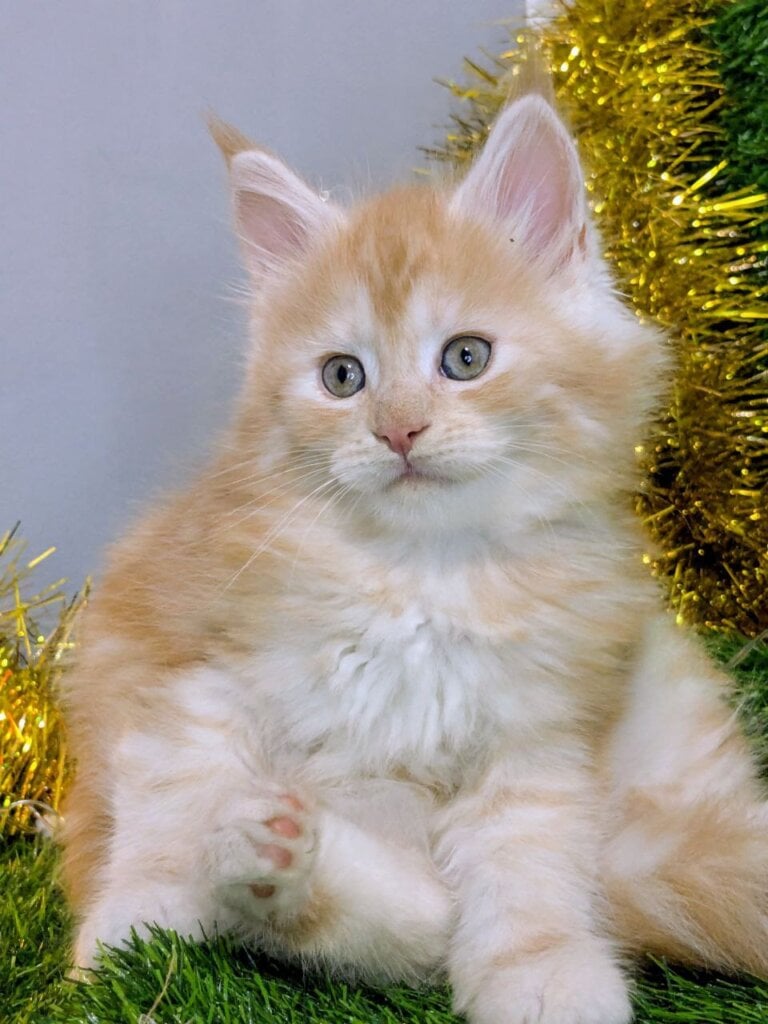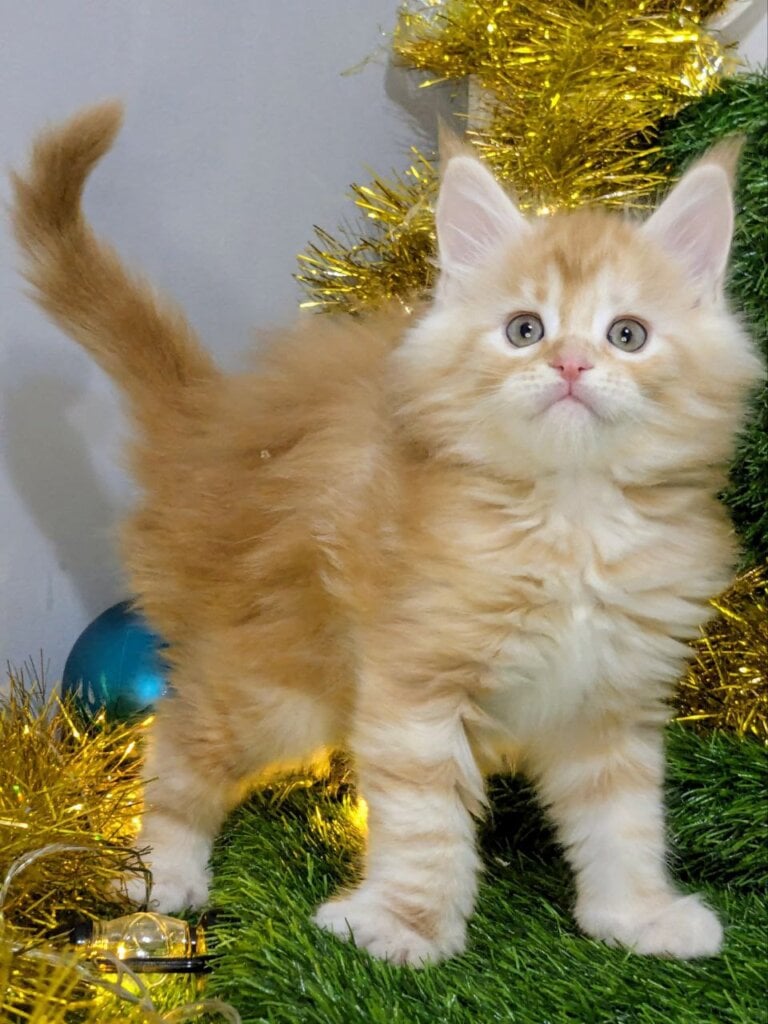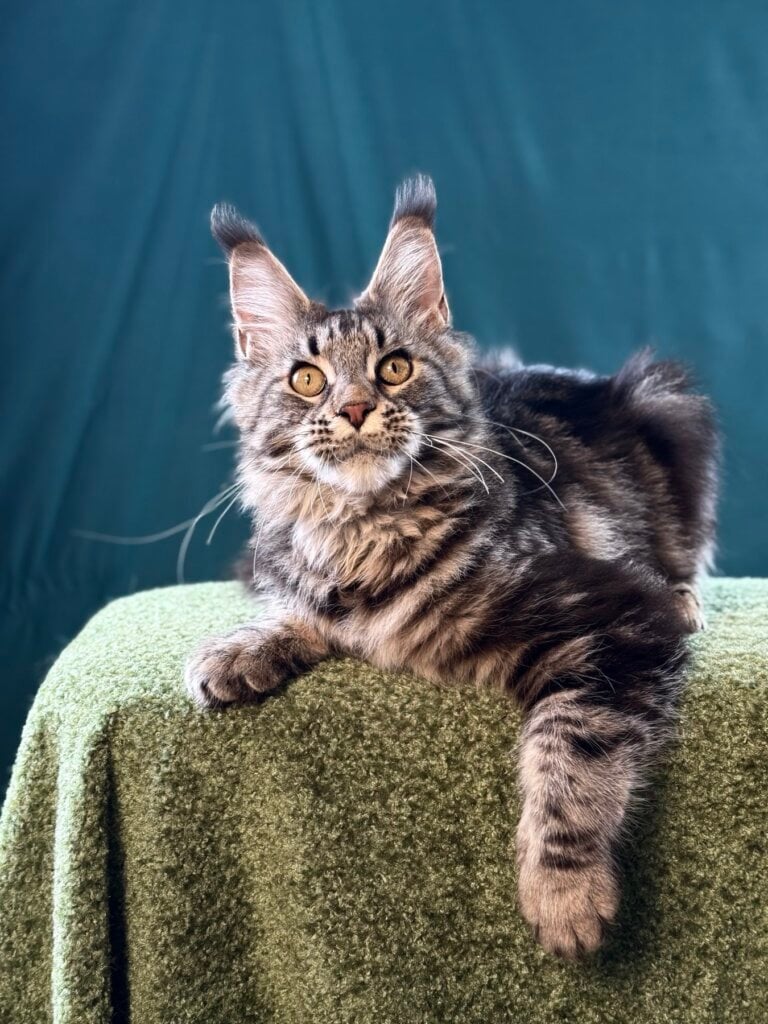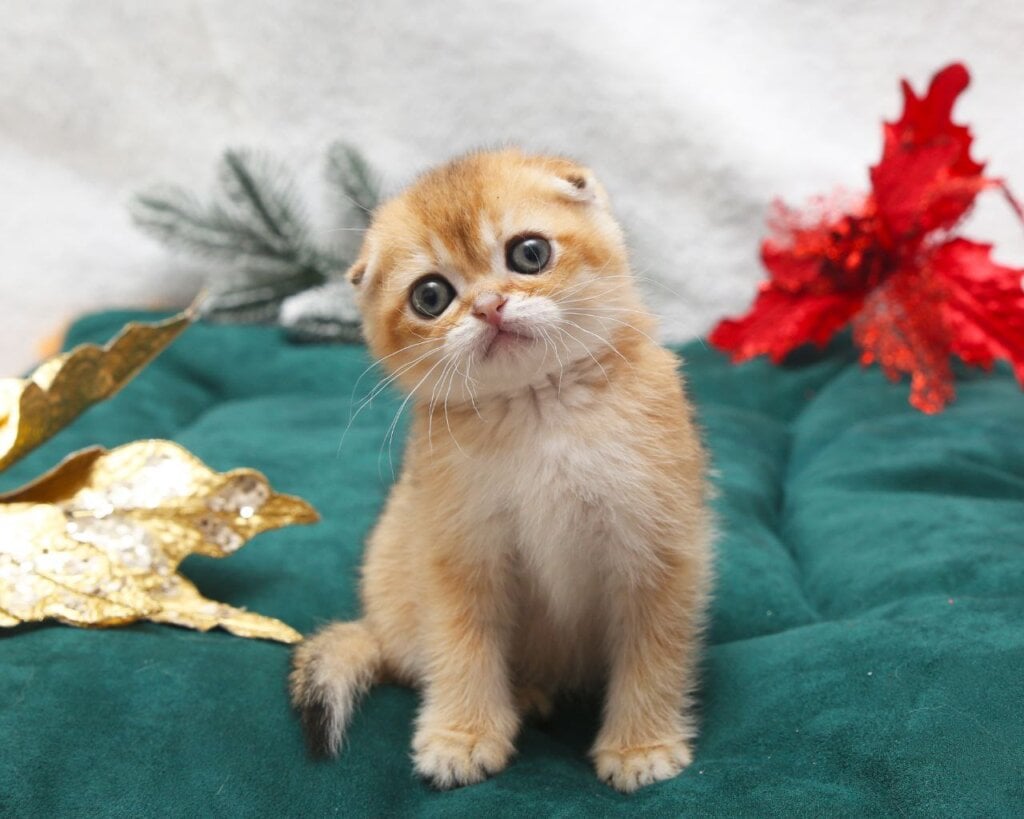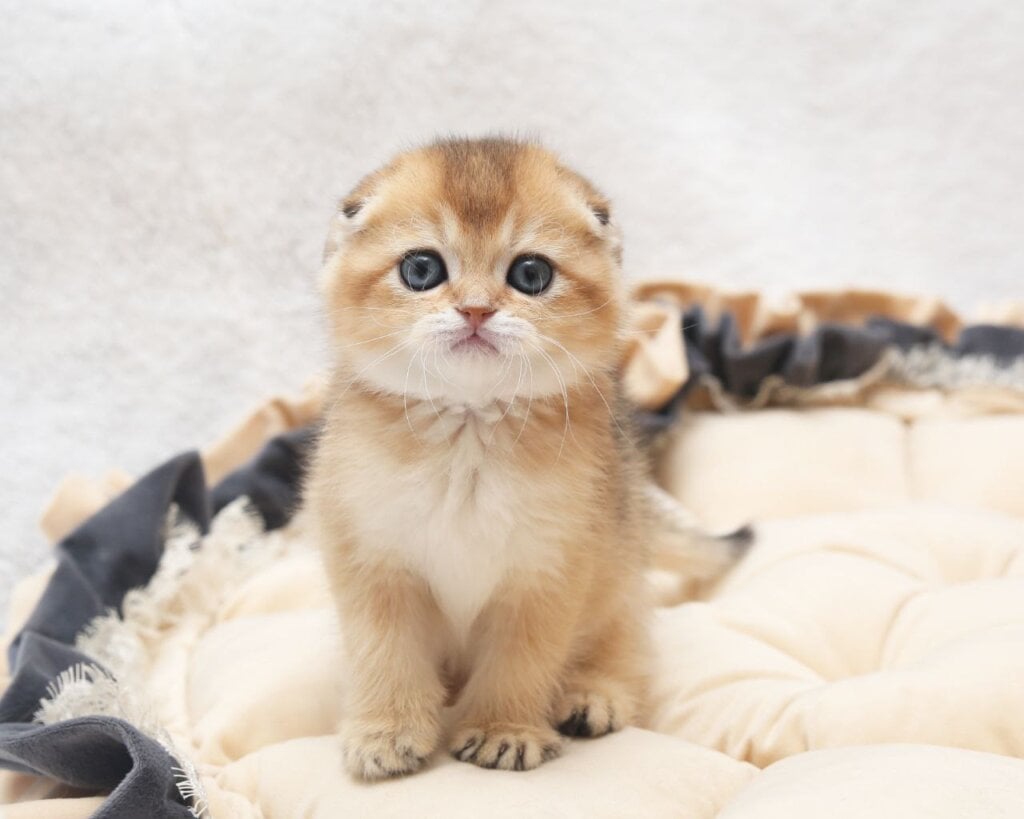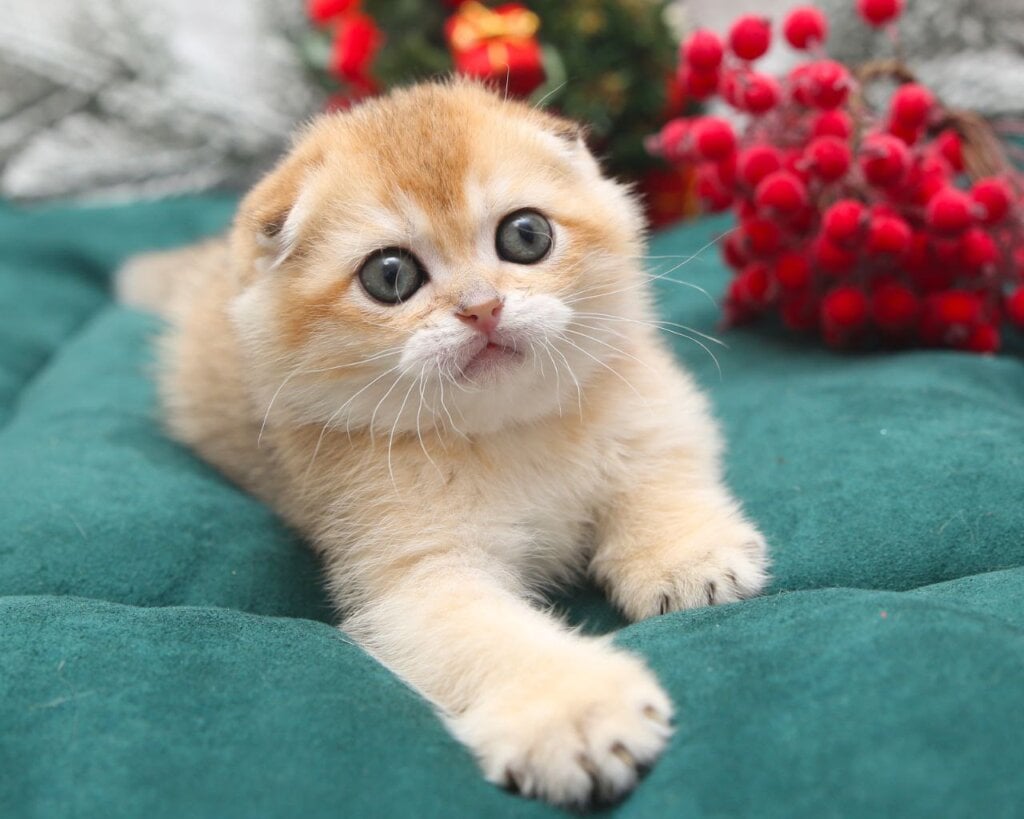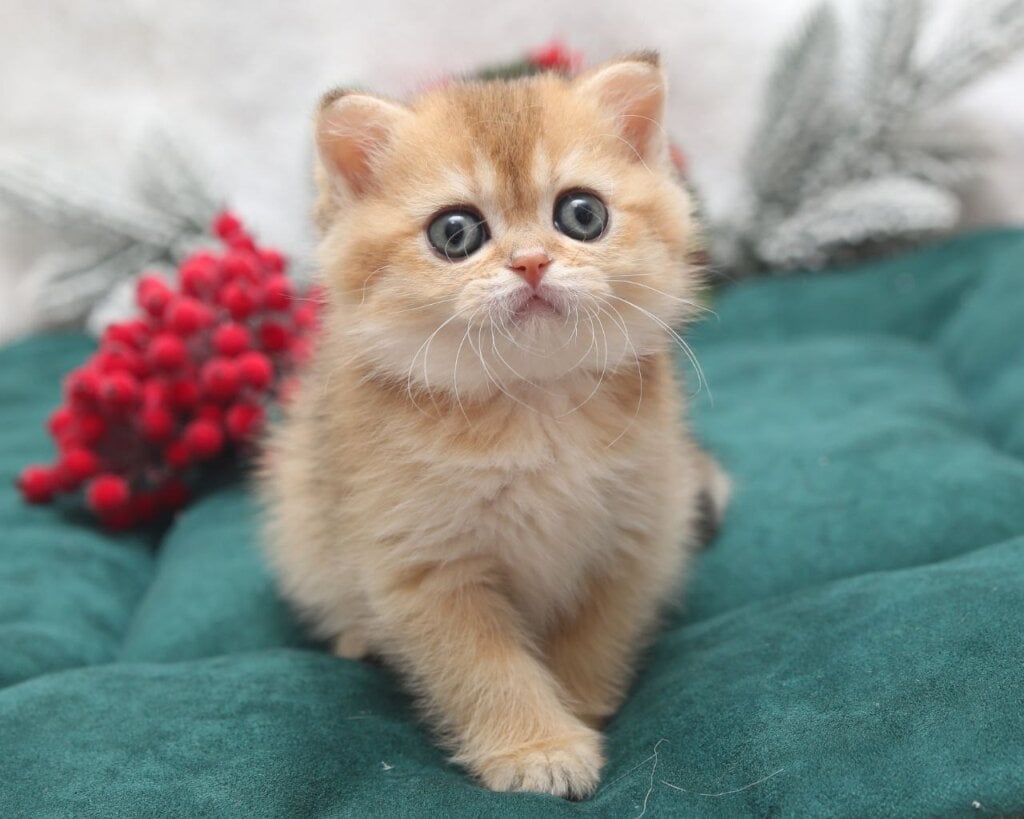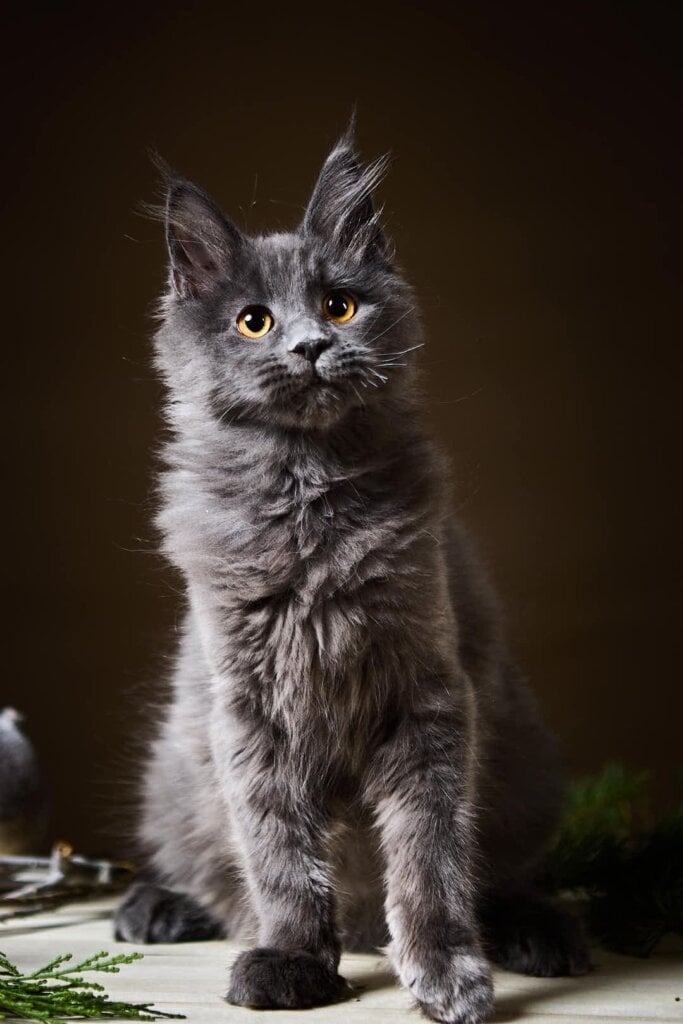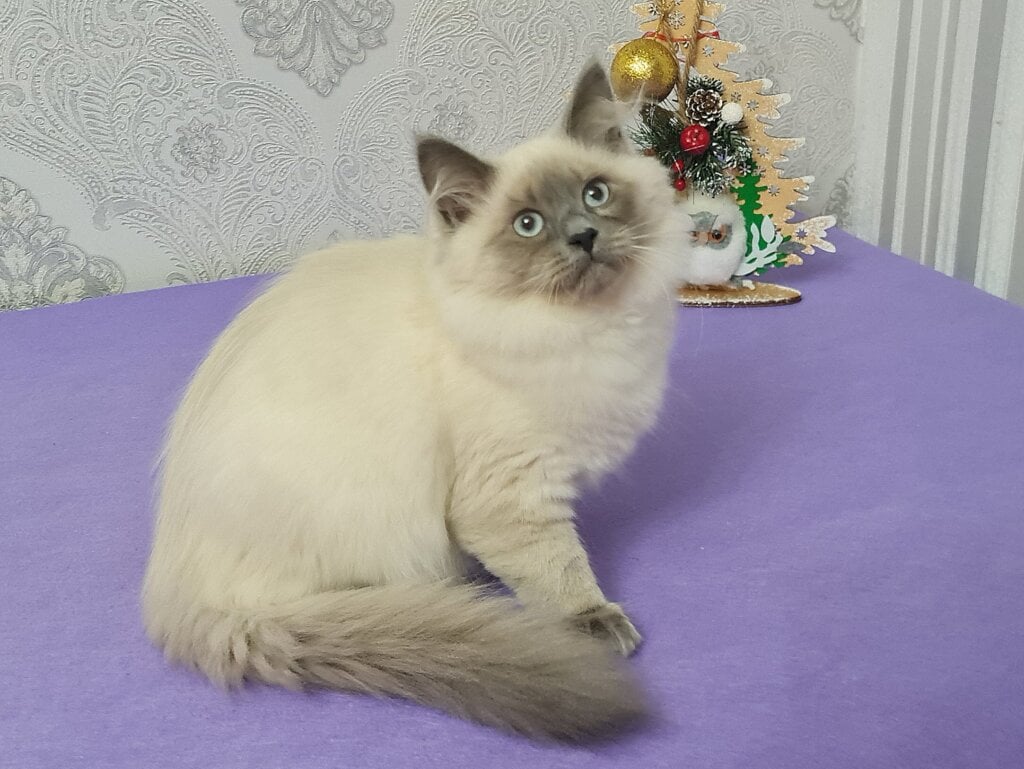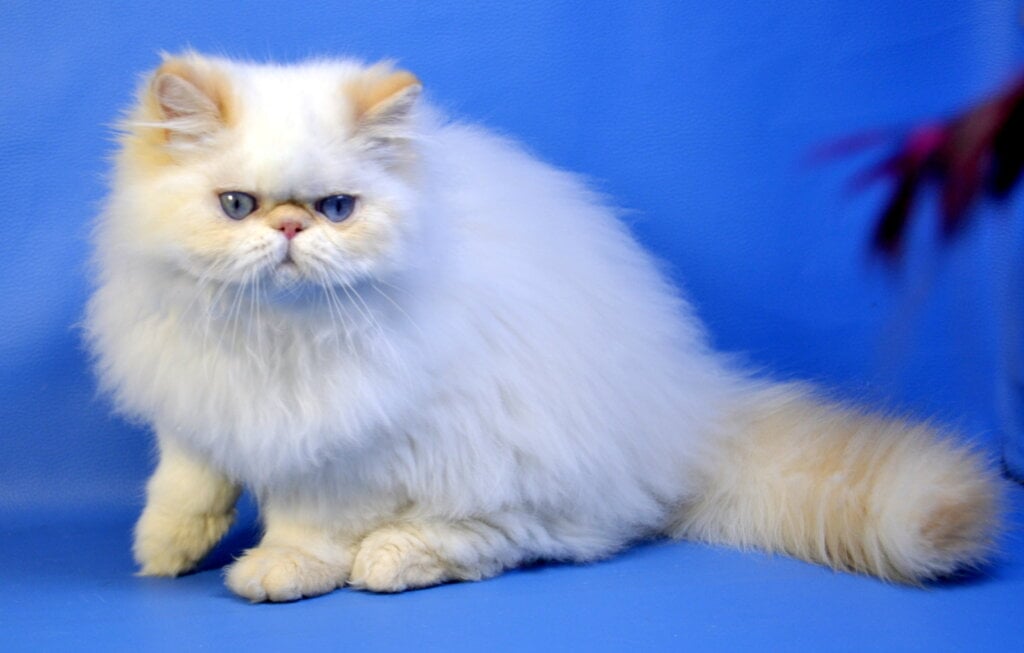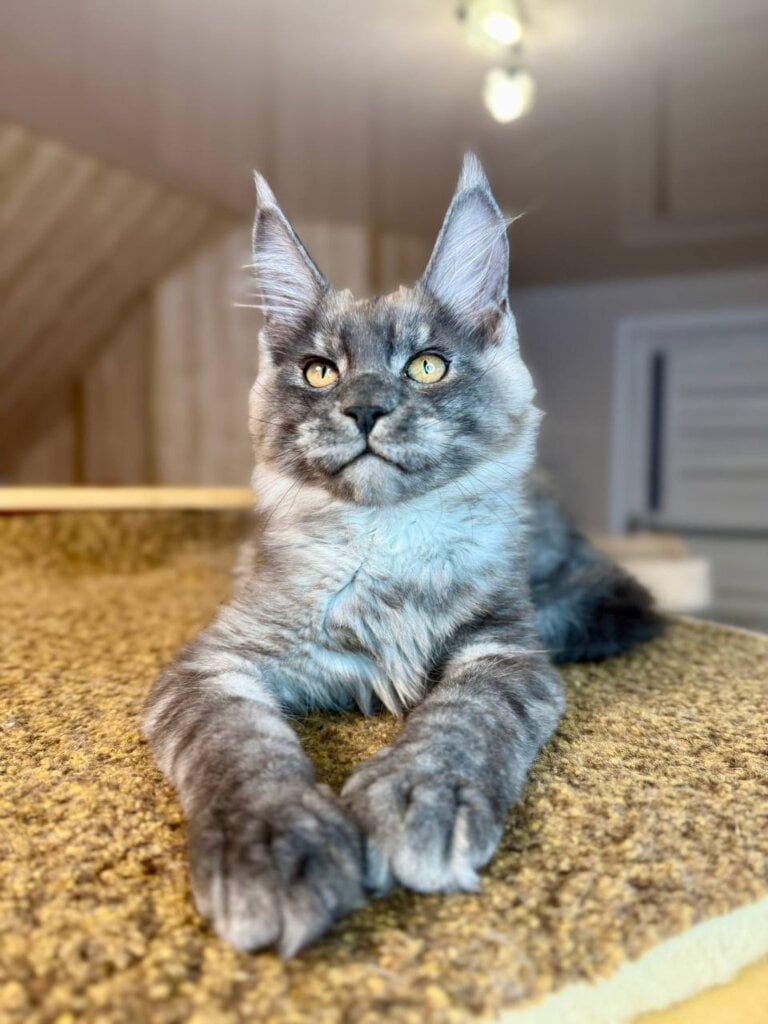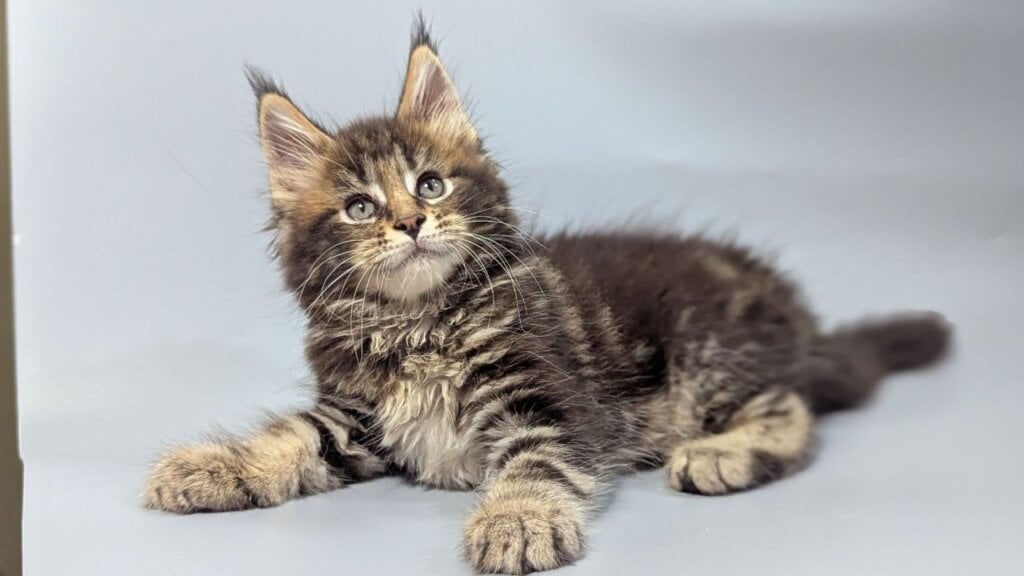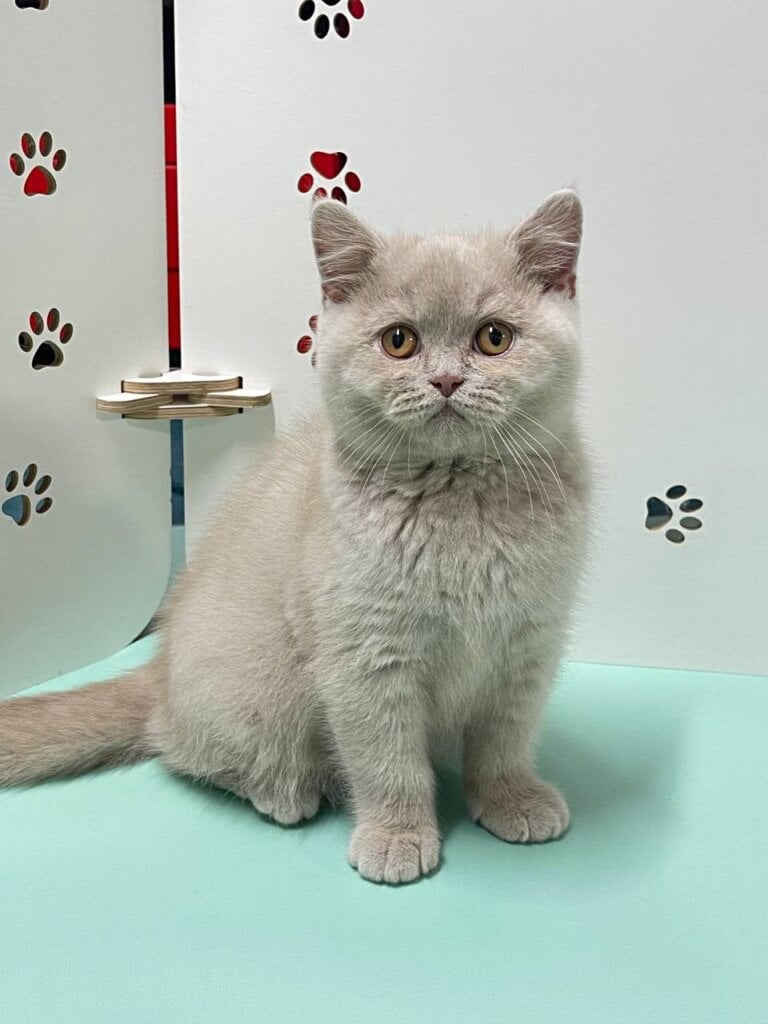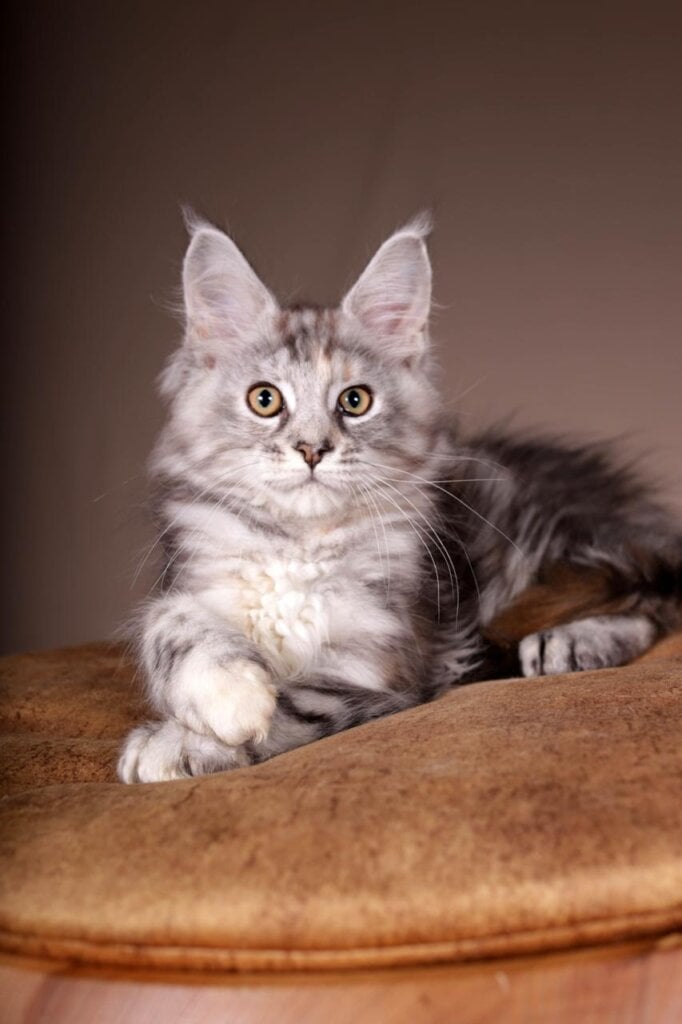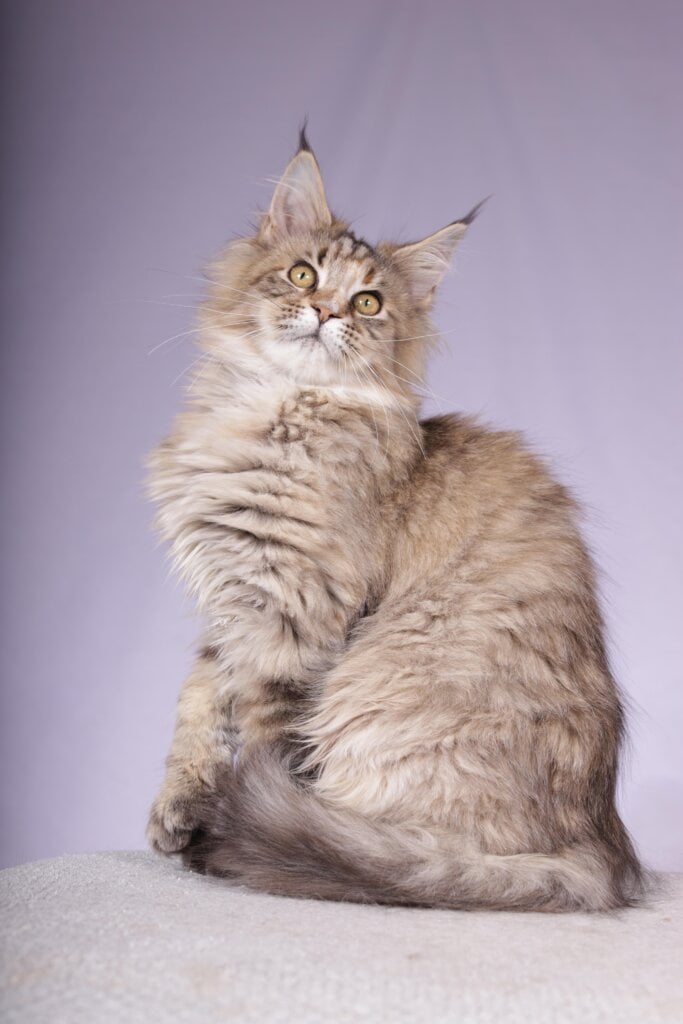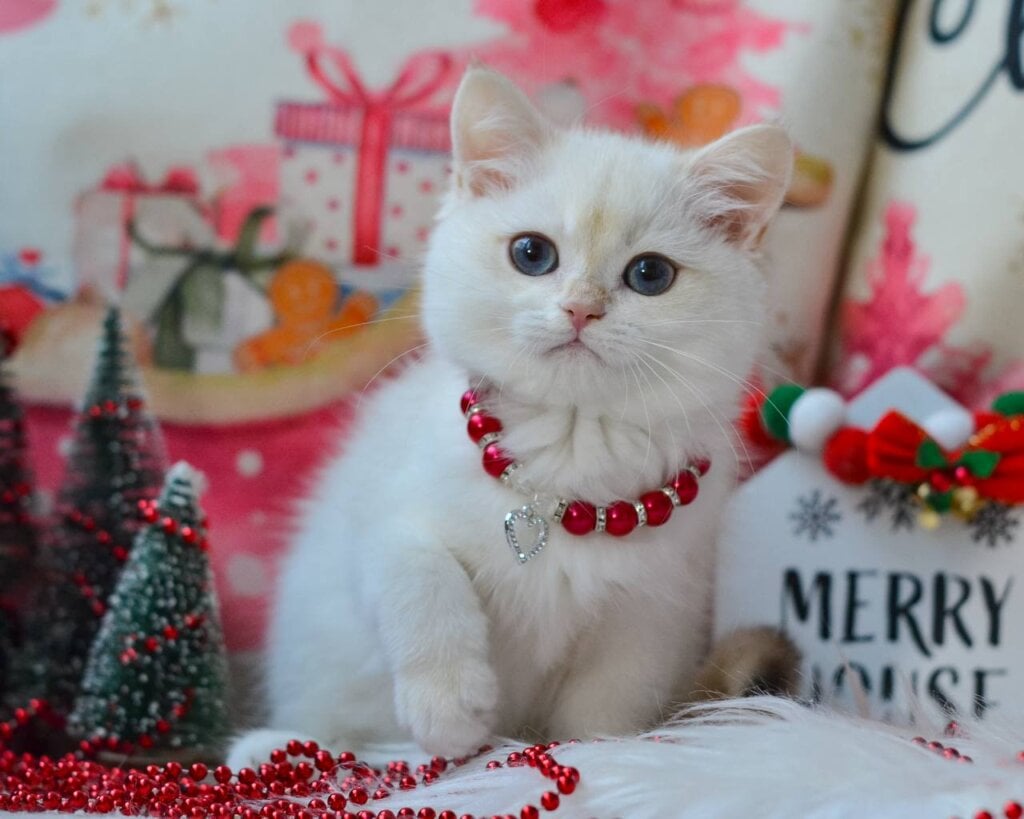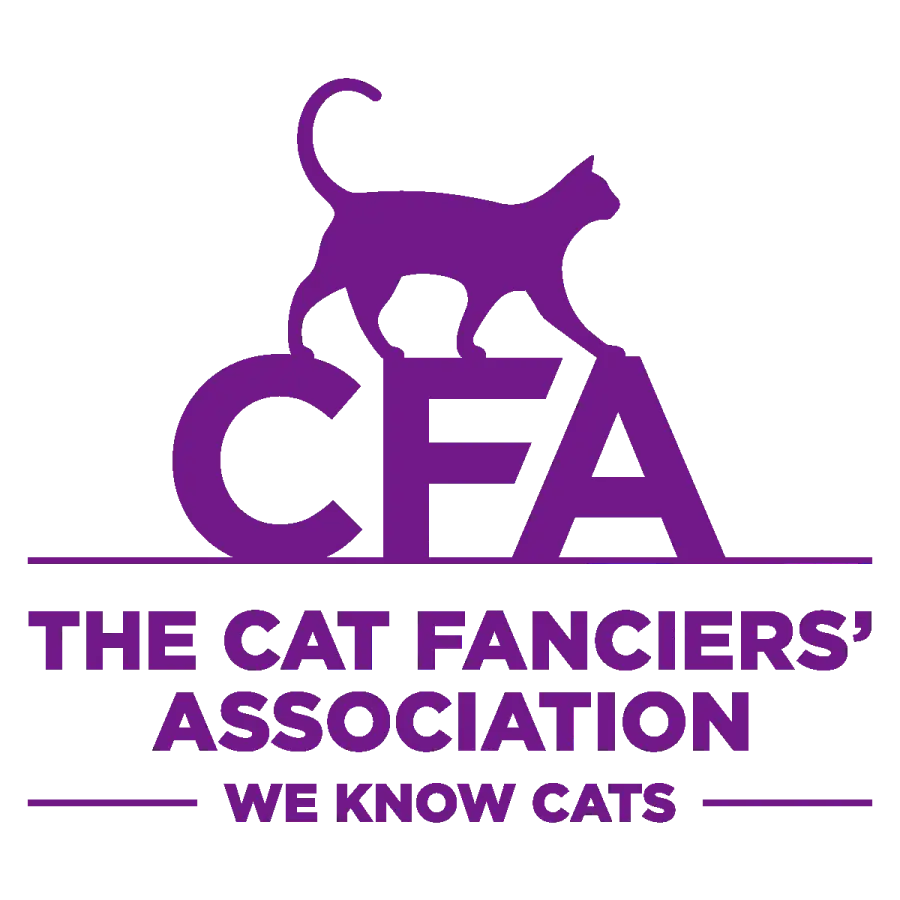Munchkin cats are cats with dwarfism who have a genetic mutation around the length of their legs. This characteristic provides them with their stump-legged, unique appearance in contrast to the majority of other cats. Despite their diminutive size, munchkins remain active, playful and sociable. Most families choose them for their sweet dispositions and distinct appearance. Health checks and cautious breeding help keep munchkin cats happy and safe as house pets. Hear more about their care and needs, in the next section.
The Munchkin Cat Question
Munchkin cats are notable for their short legs and playful charm. Their distinct form has caused controversy among cat enthusiasts, breeders, and vets. Though most think them cute, their beginning and wellness have brought up complicated inquiries regarding morals, classification, and nurture.
1. Genetic Origin
The munchkin cat’s stumpy legs result from a dominant gene mutation, one that interferes with bone growth. This gene is associated with dwarfism types osteochondrodysplasia and achondroplasia, which interfere with normal cartilage and bone growth. Early reports of similar cats date back to the 1940’s, but the contemporary breed began its ascent in the 1980’s in the US. Selective breeding for short legs had narrowed the gene pool, and genetic diversity was a concern. Over the years, breeders have obsessed over the trait of short legs, sometimes to the detriment of overall genetic health.
2. Clinical Definition
Dwarfism causes abnormal bone growth that results in shortened limbs, like in munchkin cats. Not every tiny cat has dwarfism – genuine feline dwarfism manifests as shortened, occasionally bowed legs and a mutated body form. These genetic mutations manifest as a cat sitting approximately three inches lower than the norm. Medical terms such as lordosis (curved spine) and pectus excavatum (hollowed chest) are common in this breed and can signify major health concerns. By comparison, Toy and Teacup Persians are simply small, they’re not dwarfs.
3. Veterinary Stance
Most veterinarians view the munchkin gene as a health hazard. The very mutation that makes munchkin cats’ legs short has been known to cause spinal disorders and chest deformities. Routine screenings are crucial to catch these issues in their beginning stages. Where many vets get concerned is with the ethics of breeding for these traits because munchkin cats tend to live shorter lives-typically between 12 and 15 years-due to health problems and irregular bone development.
4. Breed Standard
Cat clubs in the US have adopted breed standards for munchkin cats centered on leg length and medium-sized frame. The breed is not recognized by major registries in several countries, notably in Europe, for ethical reasons. Standards can inform breeding but sometimes pressure for appearance over health. Some clubs prohibit the breed outright.
5. Owner Perspective
Munchkin cat parents rave about their cats’ playful, social personalities. A lot of people swear their cats develop special bonds and make it all worthwhile, even if they’re a pain. Owners deal with additional vet visits and have to monitor for joint or back problems. Munchkin cats are adored family pets because of their affection and character.
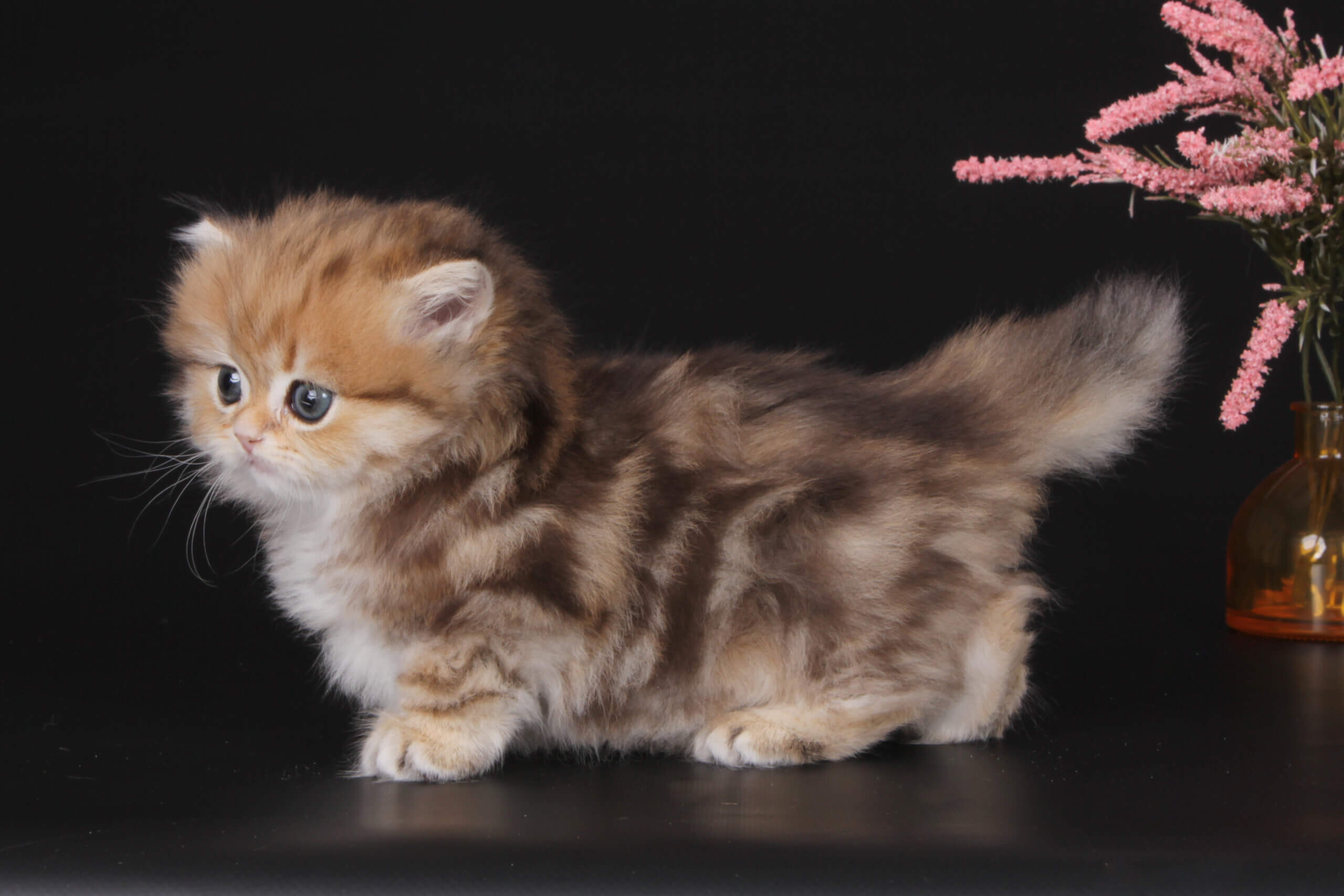
Understanding Feline Dwarfism
It is a genetic condition in which a cat’s body is smaller and limbs are shorter than normal. It affects more than just a cat’s appearance, but it’s health and mobility. Although most cat breeds exhibit size variation, actual dwarfism is extreme and uncommon. Certain breeds, such as the Munchkin, Minuet, and Dwelf, are infamous for this characteristic, but it’s rare among domestic cats. In veterinary communities, knowledge of feline dwarfism is crucial for conscientious breeding and responsible ownership.
What Is It
Feline dwarfism is when a cat has disproportionately short bones, particularly in the legs, for its body size. This is known as ‘disproportionate dwarfism’. Cats with it tend to appear adorable and distinctive, but they are the product of genetic mutations that influence bone development. Natural dwarfism develops spontaneously, whereas some dwarfism results from dysfunctional genes, or from selective breeding.
The impact stretches beyond appearance. Abbreviated bones can strain joints, potentially leading to pain, mobility difficulties, or complications such as osteoarthritis. Research indicates all long tubular bones are shortened by approximately 70% in affected cats and that they have thicker diaphyses than non-dwarfed cats. This type of dwarfism is mild and the severity differs between breeds, as well as within litters. Some just have mildly short legs while others have much more severe alterations. In Germany, these kinds of breeders are called ‘torture breeders’ as it is torturous.
What Causes It
The root cause of feline dwarfism is a genetic mutation. UGDH structural variant, inherited autosomal recessively, has been identified in several dwarfed cat breeds. So both parents have to be carriers for a kitten to exhibit dwarfism. Inbreeding, in which cats with these genes are bred together, increases the chance of kittens having dwarfism.
Often, breeders continue breeding short-legged pick cats to perpetuate the appearance, potentially exacerbating health issues in subsequent generations. Although factors like diet or injuries can alter how dwarfism manifests, the underlying cause is virtually always genetic.
What Are Signs
- Short, thick legs that appear out of proportion with the body.
- Big head compared to body size
- Curved spine or chest
- Slow growth rate
- Unusual gait or trouble jumping
Cats with dwarfism may behave more careful or less active, frequently since mobility is more difficult for them. They may shy away from jumping or playing with other cats as much.
It can’t be distinguished from small normal cats. Pay attention to bone abnormalities and feline movement – not just scale. They can provide early signs to help families and vets get the right care.
Knowing these signs lets owners help their cats sooner.
Munchkin Cat Health Profile
Munchkin cats have those short legs and a playful soul, their unique build does carry special health concerns. Their characteristics are born from a form of dwarfism genetic mutation, which causes them to be susceptible to some health issues. Learning about these dangers, and how to mitigate them, assists families in providing their munchkin cats with a happy, healthy existence.
| Health Issue | Description | Prevention/Management |
|---|---|---|
| Lordosis | Lower spine curves inward, compressing organs | Early screening, supportive care |
| Pectus Excavatum | Chest cavity deformity, affects breathing | Monitoring, surgery if severe |
| Osteochondrodysplasia | Bone and cartilage growth disorder, can cause pain | Responsible breeding, vet care |
| Obesity | Excess weight due to limited mobility and genetics | Balanced diet, regular play |
| Heart & Lung Defects | Congenital issues affecting organ function | Regular check-ups, health clearances |
| Grooming Difficulties | Trouble grooming hard-to-reach areas due to short legs | Routine brushing, hygiene checks |
Common Conditions
- Lordosis: Look for a sway in the lower back or trouble walking. This can press on organs and cause pain. Early diagnosis and vet advice are crucial.
- Pectus Excavatum: Notice if the chest seems sunken or if breathing sounds odd. This can result in fatigue and decreased play.
- Osteochondrodysplasia: Watch for limping, stiffness, or pain after jumping. It’s a genetic problem associated with their bone development.
Short legs, after all, make it hard to leap up or run far. Some munchkin cats may fatigue quicker or require assistance reaching favorite perches. It doesn’t mean they don’t love play-just that they might put their own spin on it.
Heart and lung health need to be monitored. Routine vet visits catch problems early, so cats remain active and happy.
Lifespan Factors
Munchkin cats typically live 12-15 years, like most other house cats.
Good genes and regular health care are a huge factor in how long a munchkin lives. Cats from responsible breeders who check for genetic issues tend to have less problems.
Diet and exercise count as well. Munchkins can put on weight quickly, so keeping them on a balanced diet and playing with them daily helps.
Preventive care-like vaccines, check-ups and dental work-can add years to their lives.
Mobility Issues
Munchkin cats’ short legs can make it difficult to climb stairs, jump on beds, or reach high areas. Others could have inflexible joints or walk with a very moderate waddle.
While mobility issues don’t prevent them from adventuring or playing, it’s wise to monitor for indications of discomfort or difficulty moving. They might require ramps, steps or lower furniture to navigate.
Grooming can be more difficult for them. Brushing and assistance with hygiene allows them to be clean and comfortable.
Owners can make life easier by putting in ramps, keeping litter boxes nearby, and selecting toys that don’t require huge leaps.
Responsible Munchkin Care
Responsible ownership is about prioritizing your munchkin cat’s needs, both physically and emotionally. Their stubby-legged cuteness aside, these cats require special care, from nutrition to activity, to flourish. Knowing their health risks and daily care requirements allows you to provide them with the best opportunity for a long, joyful life.
Diet
- Feed a balanced diet with quality protein and few fillers.
- Keep the portions small and consistent so that they don’t gain weight.
- Choose formulas that support joint and bone health.
- Fresh water should always be available.
- Avoid free-feeding; set meal times for routine.
Right food for munchkins. Due to their specialized frame, additional pounds can tax their joints and spine. Obesity causes them bigger health problems than for some other breeds. Because you stick to portions and not people food, it helps keep your cat at a healthy weight. Choose top quality cat food with obvious meat sources, and keep an eye on your cat’s physique and energy. If you see your munchkin hitting the brakes, consult your vet about dietary modifications.
Environment
Munchkin cats enjoy adventuring. Their activeness requires them to have areas to play, scale and conceal themselves within. Safe ramps or low shelves assist them travel without leaping an excessive amount of. Soft beds and low-entry litter boxes reduce the chance of injury. Scratching posts and interactive toys keep ’em busy. Ensure that cords, knives, and anything glass or fragile are out of reach. Munchkins love to sun themselves on windows, so install a cozy perch in a warm patch of light. Rotate toys and use puzzle feeders to keep their brain engaged.
Grooming
Weekly or bi-weekly brushing helps eschew mats, in particular because munchkin cats can’t always achieve the same reach as other cats can. Bathing is only necessary if they get grimy, but consistent checks of their ears, eyes, and nails are essential. Grooming sessions establish trust and can be a relaxing moment for both of you. Experiment with soft-bristle brushes and cat nail clippers. If you notice tangles or irritated skin, apply a gentle detangler and consult your vet.
Vet Visits
- Routine health screenings, including spine and joint checks.
- Vaccinations and parasite prevention tailored to your cat’s risks.
- Dental exams and cleanings.
- Keeping updated health records.
Health checks help catch issues early, such as Lordosis or Pectus Excavatum. Routine visits ensure your munchkin’s shots and preventives remain up to date. Maintain a diary of your cat’s care, symptoms and vet feedback for simple reference.
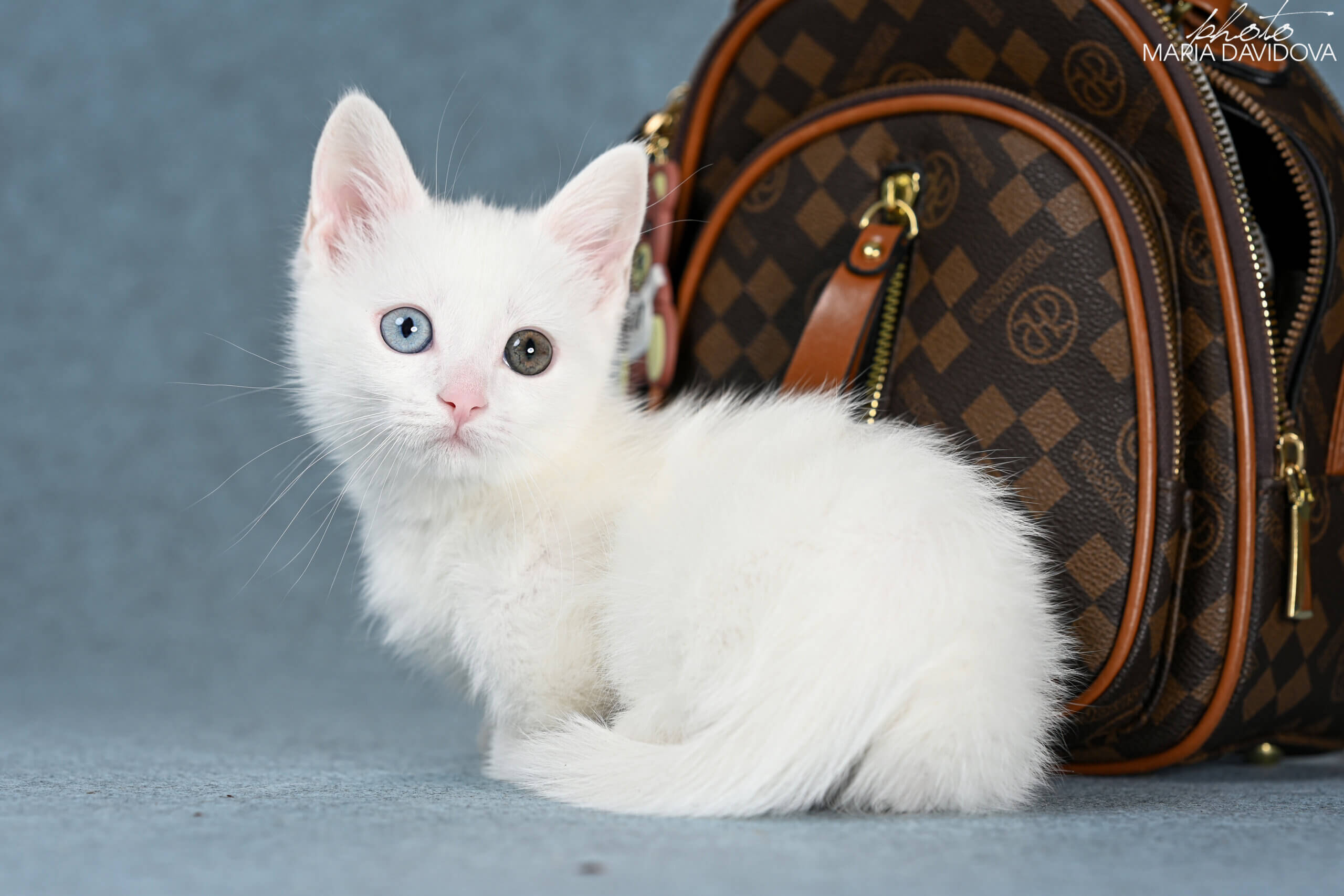
The Ethical Debate
The breeding of munchkin cats has been causing controversy for some time among pet enthusiasts, breeders and animal welfare organizations. Munchkins have stumpy legs caused by a genetic mutation, but that very characteristic introduces issues of health, quality of life and the ethics of breeding them. Most major cat fancy associations do not recognize the breed, reporting concerns over body deformity and welfare. In the end, the discussion always returns to the ethics of breeding for looks when the long-term consequences to the animal’s health are yet to be determined.
Breeder Responsibility
| Ethical Obligation | Impact on Health | Impact on Aesthetics |
|---|---|---|
| Health Testing | Reduces risk of inherited diseases | May limit breeding options |
| Transparency | Builds trust, ensures informed choices | May reveal less desirable traits |
| Selective Pairing | Lowers risk of lethal gene combinations | Retains breed’s appearance |
| Education | Promotes welfare, responsible ownership | Shapes public perception |
Breeders need to be transparent. This assists purchasers understand what they’re investing in and holds breeders responsible. Good breeders do health checks for genetic and viral diseases, which can reduce the risks associated with dwarfism. If you’re considering buying a munchkin cat, spend some time researching the breeder’s morality and background. Question, search for health records, and ensure that the breeder prioritizes the cat’s welfare.
Health Versus Aesthetics
There’s a genuine tug of war between the desire for an adorable, short-legged feline and ensuring those characteristics aren’t obtained at a price. Breeding munchkins for their appearance causes health problems. Some kittens don’t make it and surviving cats can have mobility issues. Munchkins are popular because they’re adorable to lots of people. Breeders need to question whether this is a sufficient justification for continuing to breed out this characteristic.
We need to prioritize health. When breeders prioritize looks over welfare, cats pay the price. The cat fancy community must discuss establishing improved, clearer ethical standards, whereby health always trumps appearance.
The Cat’s Welfare
Munchkin cat care is about prioritizing their needs over fashion. Health problems-such as bone or joint issues-can make life more difficult for these cats, even if the symptoms aren’t obvious. They need actual information and help, so they can learn to take care of their animals.
It educates more people to be responsible owners. It sets a higher standard for breeders. Humane treatment should be central to all breeding and adoption, regardless of breed.
Beyond The Breed Standard
While munchkin cats are recognized for their short legs, not all cats with this characteristic meet the formal breed criteria. The realm of feline dwarfism extends beyond what many may realize, encompassing unrecognized forms as well as inadvertent instances that contribute to the spectrum of modern cats.
Unofficial Variants
Unofficial incarnations of munchkin cats appear in households everywhere. Maybe they had stubby legs or an unusual body type, but they didn’t quite check off all the boxes breed registries demand. Typical characteristics are in-cocked legs, a rounder body or less noticeable bone length difference. A few of these felines are mixed-breed, meaning their personality and wellness might be more uncertain than typical munchkins. Many owners notice a variety of temperaments – shy to outgoing – and sometimes, ailments that typical munchkins don’t deal with as frequently. If you are considering bringing a munchkin variant into your home, it’s wise to inquire about the cat’s health and history. Understanding these variants allows us to appreciate the diverse and vibrant feline world, and it reinforces the importance of ethical breeding and care.
Accidental Dwarfism
Occasionally, dwarfism creeps into a cat breed that typically doesn’t have short legs. This can occur from random mutations. Genes linked to bone elongation can mutate, resulting in bumps in bone growth that produce shorter, stubbier bones as we observe in both cats and chondrodystrophic dogs. Breeders and owners can be surprised by these modifications, as they can be accompanied with health issues such as joint pain or restricted movement. Risk of osteoarthritis is real, and some cats are burdened even more severely, depending on the level of dwarfism. Knowing these potentialities prevents the breeder from being swept away by unforeseen results and keeps the focus on the cats’ welfare.
Rescue Stories
Rescued munchkin cats are not without their difficulties heading into a new home. Most wrestle with previous neglect or health concerns associated with their dwarfism including arthritis or reduced mobility. We even have tales of cats who landed loving families after rough beginnings, such as a munchkin saved from a breeding ban zone who now flourishes with his patient owners! These trips highlight the significance of adopting and not shopping, especially when breeding munchkins has been prohibited for welfare reasons in parts of the world like the Netherlands. By supporting rescue groups, you’re helping to give these wonderful cats a second chance.
